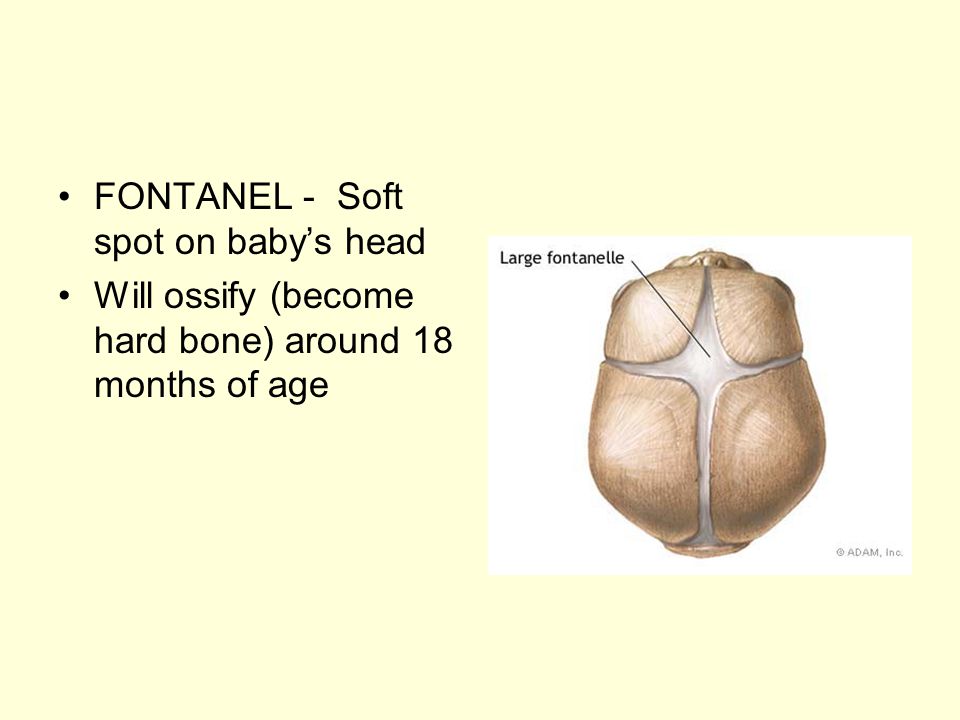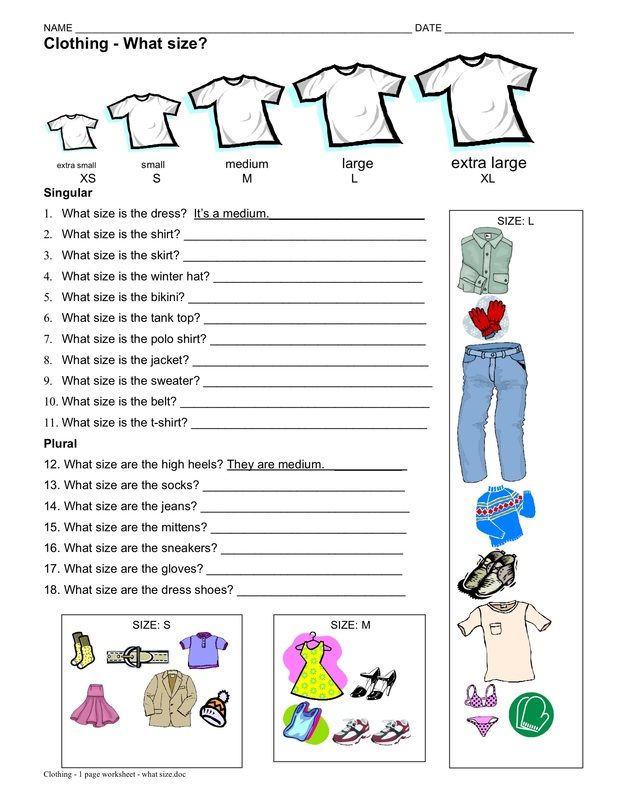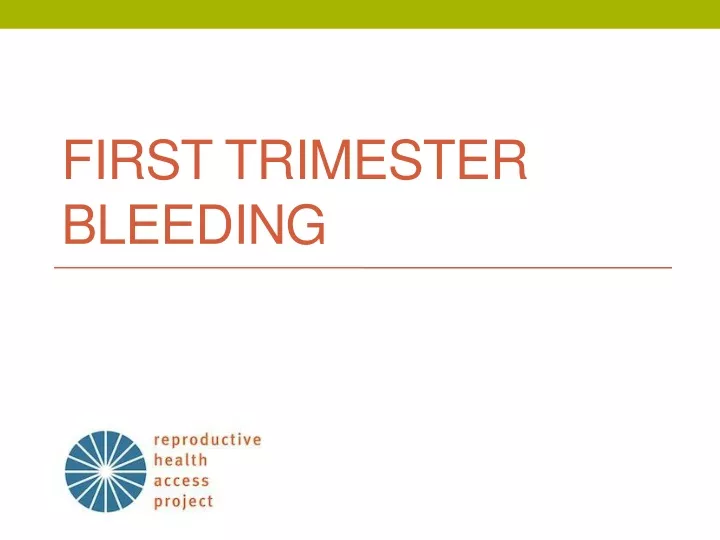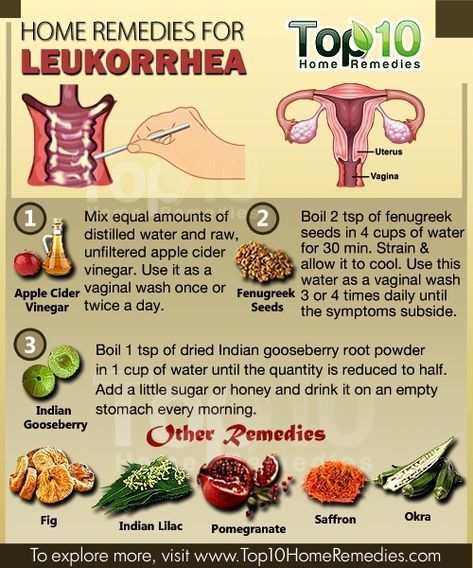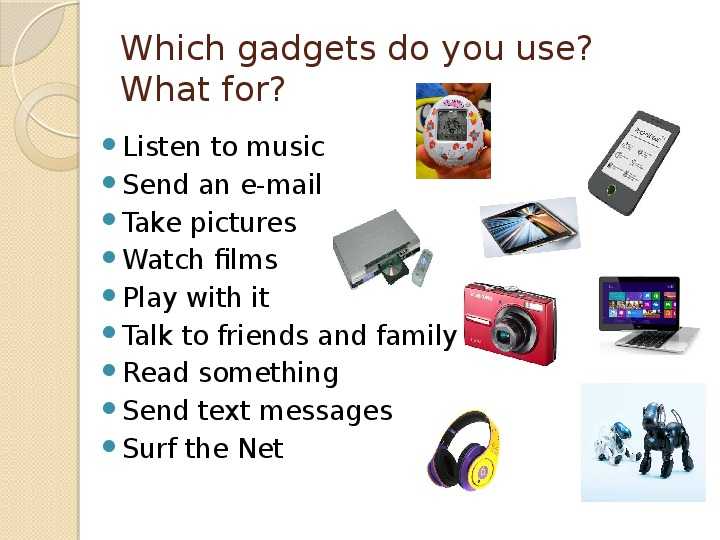One month old boy
1-Month-Old Baby: Milestones, Sleep, and Feeding
Having your baby at home with you in the first few weeks might have felt daunting. As the weeks progress and you gradually adjust to this new little person in your life, you'll become more confident and comfortable. Don’t get too comfortable though! Newborns grow and change rapidly, and your baby will be keeping you on your toes in weeks five, six, seven, and eight. To help you feel more prepared, we’ll outline some typical milestones for a 1-month-old baby, cover what you need to know about feeding and sleeping schedules at this stage, and give you a heads-up on potential conditions your baby might develop, like colic and cradle cap.
Baby Development Milestones for a 1-Month-OldYour baby is unique (you knew that, of course!) and it’s normal for them to grow at their own pace. Don’t be surprised if your baby’s development in one area seems to lag for a few weeks, only for them to catch up soon after. Here are some of the baby milestones to look forward to now that your baby is 1 month old.
Does it seem as if your baby’s growing out of their clothes at supersonic speed? On average, babies gain about 1 to 1 1/2 inches in length and about 1 1/2 to 2 pounds in weight this month. At the upcoming checkup, your baby’s healthcare provider will look at your 1-month-old baby’s weight, length, and head circumference and plot these key measurements on baby growth charts. What matters is that your baby grows at a steady rate. However, your baby will go through growth spurts from time to time.
You might notice that your baby’s head is disproportionately larger than their body. This is perfectly normal: their head’s growing a little faster and their body will soon catch up. Your baby will also start to lengthen and develop stronger muscles. Luckily, they’ll still have those cute chubby cheeks for some time to come!
Senses: Eyes on That RattleIn every waking moment, your baby is slowly taking in the sights, sounds, and smells around them.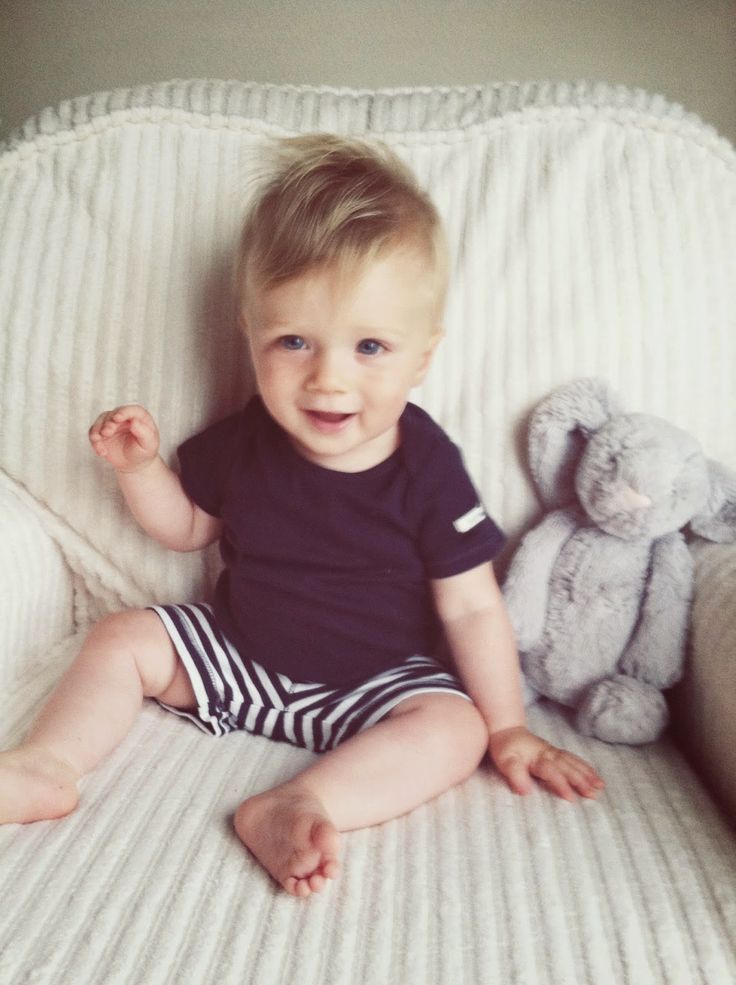 So, what can babies see at 1 month? Your baby’s vision at 1 month old is still developing, but by now they may be able to better focus on faces and track objects moving in front of them. In the next month or so they may also start to reach for objects. For example, if you hold a rattle in front of them, they may start batting at it.
So, what can babies see at 1 month? Your baby’s vision at 1 month old is still developing, but by now they may be able to better focus on faces and track objects moving in front of them. In the next month or so they may also start to reach for objects. For example, if you hold a rattle in front of them, they may start batting at it.
This month, most of your 1-month-old baby’s movements will still be reflexive, but some of your baby’s reflexes present in the first four weeks may gradually disappear and be replaced by more controlled movement. For example, your baby may briefly hold their head up when they're on their tummy, and they may start to stretch their arms instead of holding them close to their body.
Your baby may also start to stretch and kick their legs. It might seem like a little thing but they’re working hard to strengthen their leg muscles and improve their motor skills. Be careful: Even very young babies can roll over from time to time, so make sure you keep an eye—and hand—on them when they’re up somewhere high like a changing table.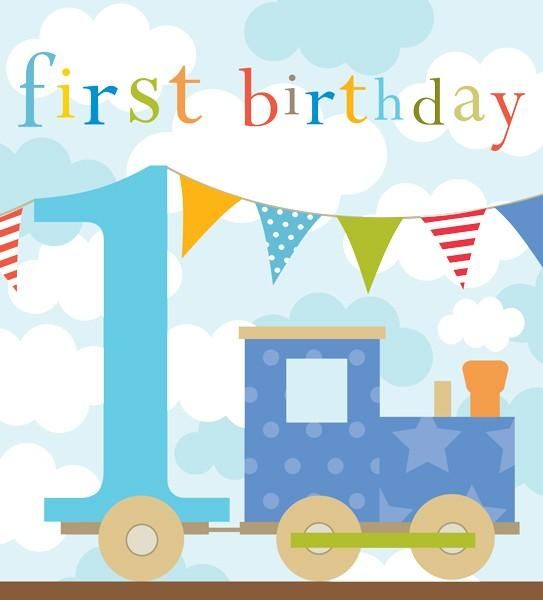
related baby tool
Keep an eye on your baby’s average growth by tracking height, weight, and head circumference with our simple tool.
Fill out your baby's details*:
What is your child*
Boy Girl
This is a mandatory field.
Age (between 0 and 24 months)
This is a mandatory field.
Weight (lbs.)
This is a mandatory field.
Height (in.)
This is a mandatory field.
Head circumference (in.)
This is a mandatory field.
*Input details of your baby’s last measurements. **Source: World Health Organization
Crying and Communication: Mom, I'm Bored (or Hungry)!
This month your baby can probably start communicating in a clearer way. If they’re bored, they may let you know by crying out until they’re shown something new. If they’re amused, they may respond by smiling. Around this time, you might also start being able to tell the difference between their hungry cries, tired cries, and irritated cries.
If they’re bored, they may let you know by crying out until they’re shown something new. If they’re amused, they may respond by smiling. Around this time, you might also start being able to tell the difference between their hungry cries, tired cries, and irritated cries.
If you haven’t experienced it yet, this month you might see your baby’s first true smile, sometime called the social smile. They’ll flash that little grin when they’re awake, in response to something like the sound of your voice—and your heart will melt.
Activities for Supporting Your 1-Month-Old Baby’s DevelopmentHere are some things you could try this month:
Cuddle time. Cuddle your baby as much as possible. Experts say the more quickly and consistently you comfort your baby when they’re upset in the first six months, the less demanding they may be when they’re older.
Visual stimulation. At this stage, your baby might be drawn to objects with bold patterns, such as stripes or checkerboard designs, in black and white or bright, contrasting colors.
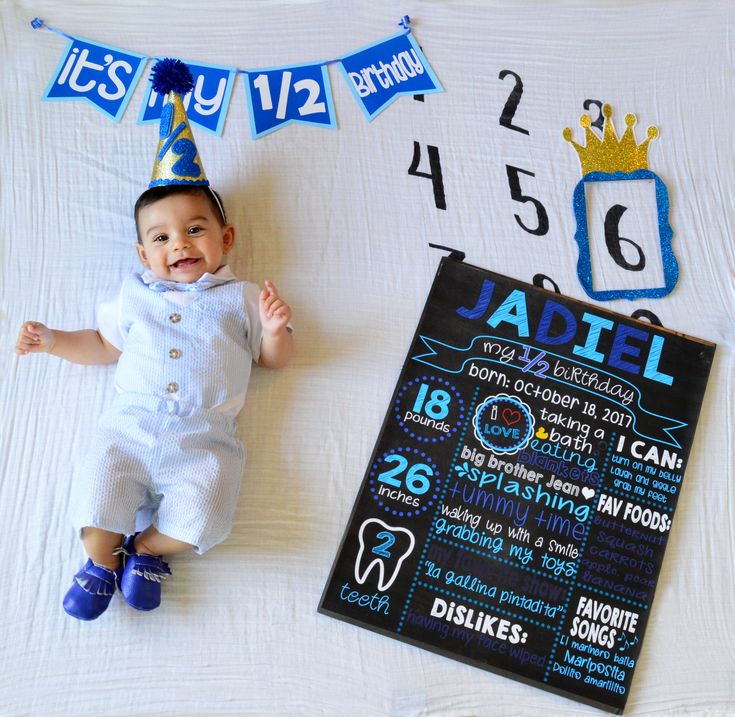 A mobile hung safely over the crib is a good choice.
A mobile hung safely over the crib is a good choice.Tactile toys. Your baby is getting to know the world through touch, too. Show them toys with different textures, shapes, and sizes.
Talking with your baby. Have a conversation with your baby by letting them “talk” using their coos, gurgles, and smiles, and talking back to them using words, sounds, and facial expressions. In time, your baby will learn to imitate you, so these early “conversations” are an important part of their development.
Getting physical. Gently stretch your baby’s arms in front of them to form a “clap”; move your baby’s legs as if they were cycling; and continue to practice tummy time. These movements and exercises help develop muscle strength and coordination.
Playing peek-a-boo. If you’re wondering how to entertain or play with your 1-month-old baby, a game of peek-a-boo always works! That's because babies love seeing faces, especially those of their parents.
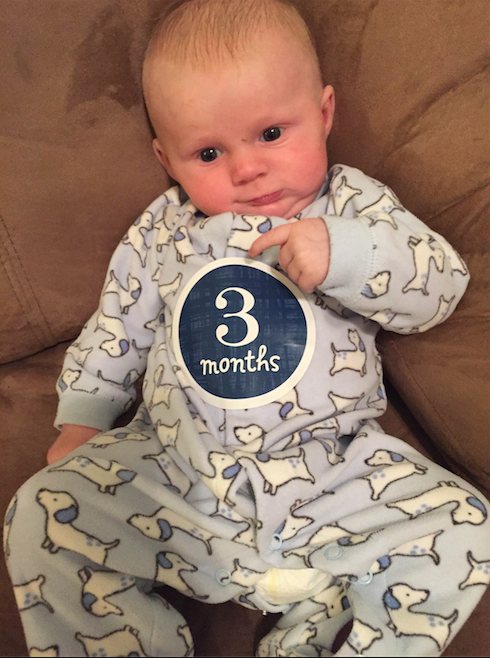
Bonding. Establishing security and trust with your baby allows them to reach their full potential. Find out more about bonding with your newborn in those everyday moments.
Keep in mind that there’s only so much stimulation young babies can handle. Watch for signs that your baby has had enough—they might look away or cry—and give them a chance to rest.
Watch the short video below to learn more about bonding with your baby through touch.
Feeding Your 1-Month-Old BabyYou may be wondering how often “should” a 1-month-old baby eat as they grow. It's best to continue to feed your baby whenever they seem hungry. Your 1-month-old baby’s feeding schedule may likely look like this: about eight times in a 24-hour period for babies who are breastfeeding or about every three to four hours for babies on formula. If your baby is mid-growth spurt, they may want to eat a little more often.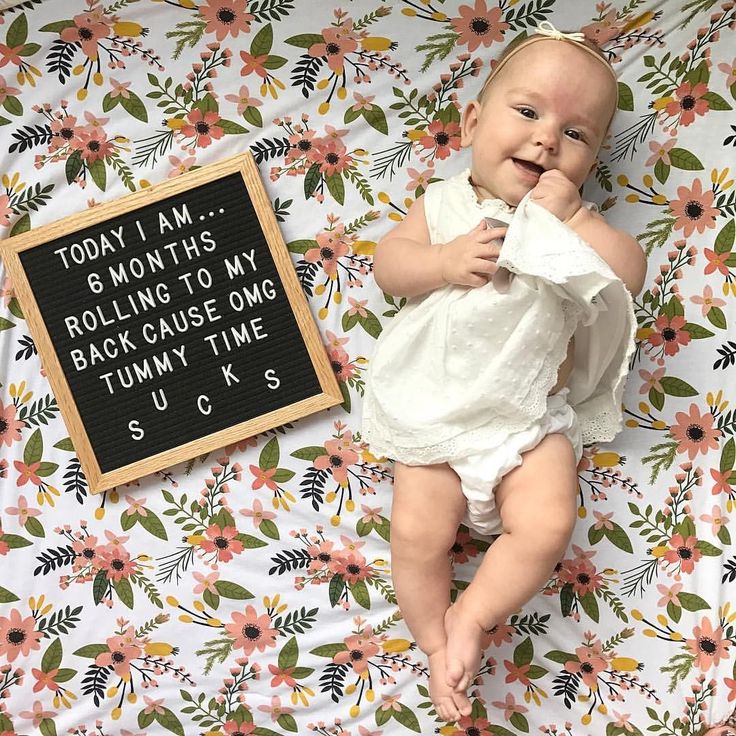
If you’re new to nursing, read more about the how-tos of breastfeeding and check out our go-to breastfeeding guide.
Burping Your BabyBabies can swallow air when they feed—more often when they’re bottle-fed than when nursing. This swallowed air can make them feel uncomfortable and fussy. To help ease their discomfort, burp your baby during bottle feeds, or when you switch them from one breast to the other. Try one of the burping positions and techniques listed below, using a burp cloth or a small blanket to protect your clothes from spit-up:
Hold your baby upright with their head resting on your shoulder, patting their back with your other hand.
Rest them on your lap with their tummy down and gently rub or pat their back.
Sit your baby on your lap supporting their chin and chest with one hand while rubbing or patting their back with the other.
At this stage, babies may produce about four to six wet diapers a day.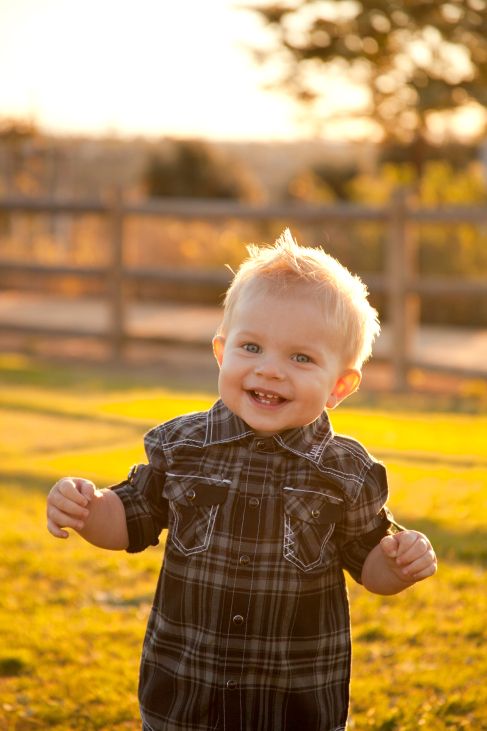 If you’re wondering what “should” a 1-month-old baby’s poop look like, know that there is a wide range of “normal” baby poop. And, when it comes to your 1-month-old baby’s poop frequency, even that can vary from baby to baby.
If you’re wondering what “should” a 1-month-old baby’s poop look like, know that there is a wide range of “normal” baby poop. And, when it comes to your 1-month-old baby’s poop frequency, even that can vary from baby to baby.
Most babies will have at least one bowel movement a day, but some babies may go several days or a week without pooping. This is likely OK as long as the consistency of the stool is normal—in other words, soft and a little runny—and your 1-month-old baby is eating well and gaining weight. Consult your baby’s healthcare provider if you think your baby may be producing too few wet or soiled diapers, which may indicate your 1-month-old baby is eating less than usual.
Given all the diaper-changing going on in your life, you deserve a reward! Download the Pampers Club app and start earning cash back for all your diapers and wipes purchases.
How Much Sleep Does a 1-Month-Old Baby Need?If you’re wondering how much “should” your 1-month-old baby sleep, by around 4 weeks of age many babies sleep about 14 to 17 hours a day—including roughly five daytime naps.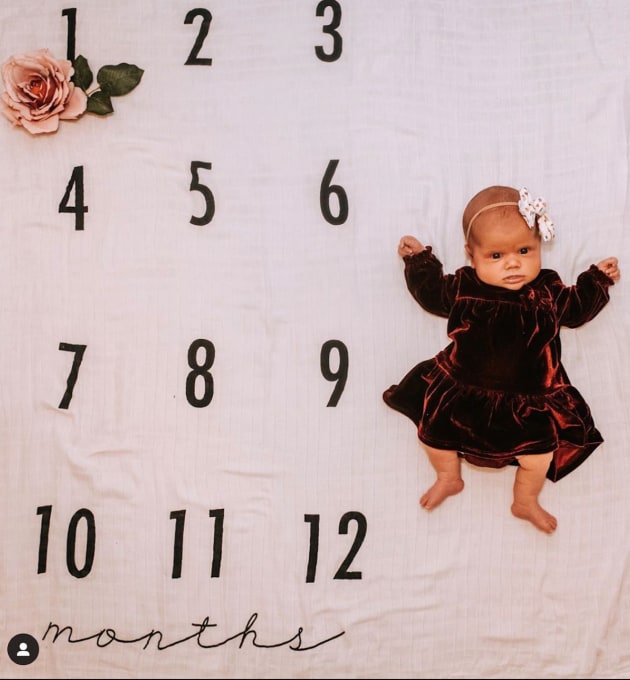 However, every baby is different. With some luck, your baby might start sleeping for longer stretches overnight from about 6 weeks of age, though your 1-month-old baby sleeping through the night is still a ways off.
However, every baby is different. With some luck, your baby might start sleeping for longer stretches overnight from about 6 weeks of age, though your 1-month-old baby sleeping through the night is still a ways off.
If you're feeling super tired, take heart: Over time, your baby’s natural biological sleep cycle will emerge, but for now it’s important to allow your baby to sleep whenever they’re drowsy. A key point to remember: Always put your baby to sleep on their back,which can help prevent sudden infant death syndrome (SIDS).
The Fundamentals of Baby SleepFor more insights and advice on your 1-month-old’s sleep schedule, check out the Newborn Sleep Fundamentals in the Smart Sleep Coach by Pampers app. This easy-to-use app was codeveloped with pediatricians and includes everything you need to know about the science behind babies’ sleep. Plus, it has emotional support for you, tips on creating calming bedtime routines that encourage sleep, and a proprietary algorithm that customizes sleep coaching approaches for when it comes time to help your baby, and you, sleep longer each night.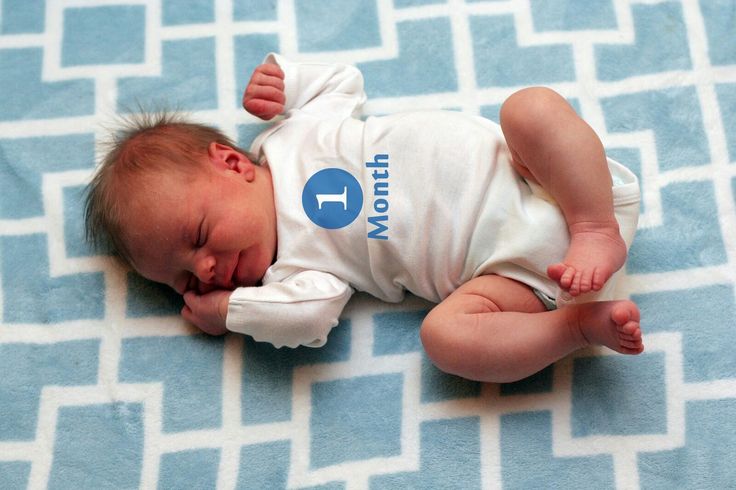
So, what can babies do at 1 month? Here’s an example of a typical day’s routine for a 1-month-old baby, including bathing, sleeping, feeding, and playing:
Your Baby’s HealthSome health issues you may encounter this month include:
Cradle cap. This condition consists of scaly patches on your baby’s head. Washing their hair and gently combing out the scales may help; if not, your baby’s healthcare provider may recommend a special shampoo.
Diarrhea. If your baby has very loose, watery stools more than six to eight times a day, let your baby’s healthcare provider know.
Constipation. If your baby hasn’t had a bowel movement in several days and this is unusual for them, or if you think they may be constipated, reach out to your provider.
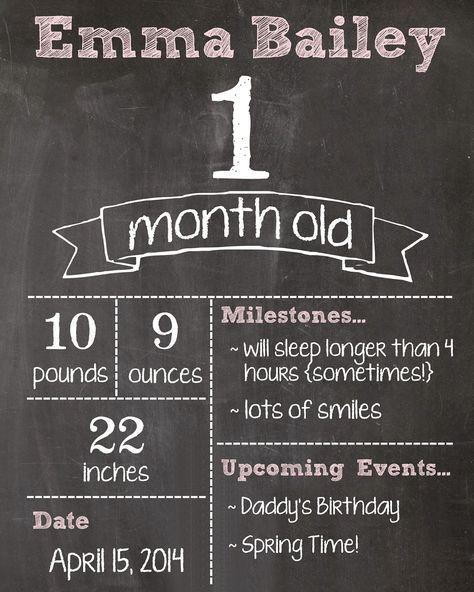
Vomiting. If your baby is vomiting forcefully (i.e., projectile vomiting), is vomiting for more than eight hours or after a couple of feedings, or if any kind of vomiting is accompanied by fever or diarrhea, check in with the provider.
Spitting up. Spitting up a small amount after eating or being burped can be normal for young babies, especially if it happens within about an hour of feeding. If your baby seems irritable during feeds or shows any other signs of being unwell, contact your baby’s healthcare provider to make sure everything is OK.
Baby acne. Pimples may appear on your baby’s face at the start of this month. They may be prompted by the stimulation of oil glands in your baby's skin. Try placing a clean receiving blanket under your little one's head while they’re awake and wash their face once a day with a mild baby soap.
Baby eczema. Does your 1-month-old baby have dry skin on their face or elsewhere? It could be eczema, which can occur after 1 month of age.
 Your baby’s skin may look dry and scaly, and your little one may have red patches on their face, inner elbows, and/or backs of the knees. Consult your baby’s healthcare provider for treatment. In the meantime, avoid using scented laundry detergent to wash your baby’s clothes and dress your baby in soft fabrics, avoiding wool and rough weaves.
Your baby’s skin may look dry and scaly, and your little one may have red patches on their face, inner elbows, and/or backs of the knees. Consult your baby’s healthcare provider for treatment. In the meantime, avoid using scented laundry detergent to wash your baby’s clothes and dress your baby in soft fabrics, avoiding wool and rough weaves.
So, how often “should” you bathe your 1-month-old baby? Three times per week is generally recommended; bathing more frequently can dry out your baby’s skin.
When Is Crying Colic?All babies cry from time to time, but persistent crying may be a condition called colic if
your baby seems to cry each day or evening for hours on end
the crying sounds high-pitched
the crying seems to be for no apparent reason
you have a hard time calming your baby when they’re crying.
Your baby’s healthcare provider may make a diagnosis of colic if your little one cries for more than three hours a day, more than three days a week, for at least three weeks straight.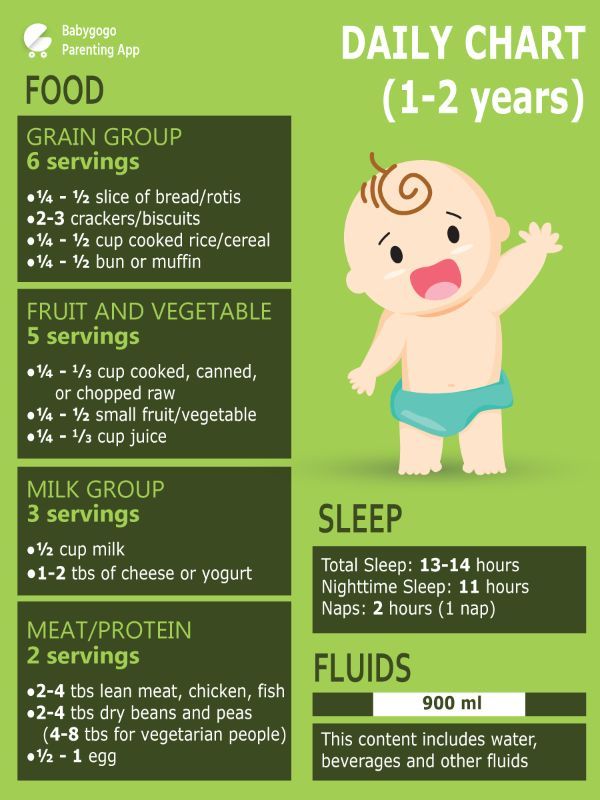 Colic often starts when a baby is 2 to 4 weeks old and can last until the baby is about 3 to 4 months old.
Colic often starts when a baby is 2 to 4 weeks old and can last until the baby is about 3 to 4 months old.
Experts aren't sure about the cause of colic, but some potential factors could include:
Gas. It could be that your baby cries because of discomfort associated with gas. If you notice your baby has a distended stomach and passes gas while crying, this could be the cause. Don’t overfeed your baby. If their tummy seems distended with gas, you could place them on their tummy across your knees, as this extra pressure on their belly may feel good.
Sensitivity to stimulation. Your baby may feel overwhelmed and may not yet be able to soothe themselves, leading them to cry. You can try to console them by holding them while walking, rocking them in a rocking chair, putting them in a vibrating baby seat, or driving them around.
Food allergy or sensitivity. Some breastfed babies may be sensitive to a food in mom’s diet, causing discomfort and resulting in crying.
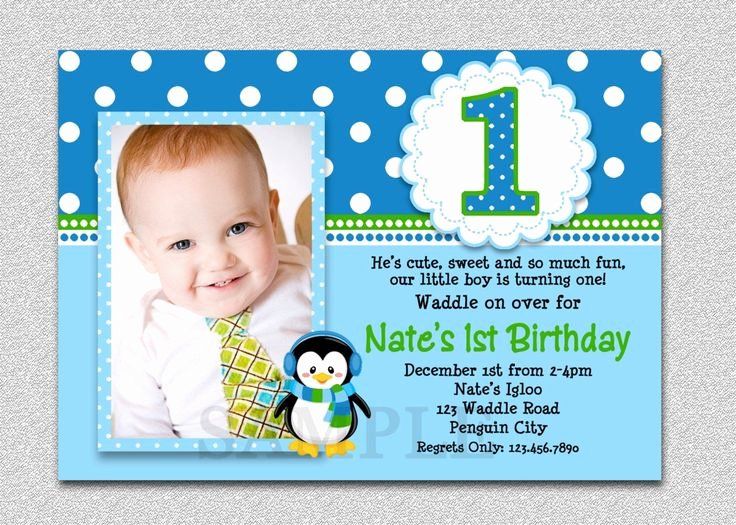 Rarely, the discomfort may be caused by a sensitivity to milk protein in formula. Your baby’s healthcare provider will be able to check for and diagnose any food sensitivity or intolerance.
Rarely, the discomfort may be caused by a sensitivity to milk protein in formula. Your baby’s healthcare provider will be able to check for and diagnose any food sensitivity or intolerance.Medical problem. In some cases, your baby may be reacting to discomfort resulting from an illness or other problem such as a hernia, which the healthcare provider will be able to check for and treat.
Although colic usually lasts only a few months, this can seem like a lifetime when your baby is in the middle of a crying spell! Sometimes, nothing will seem to work to calm them and your nerves may become frayed.
Never Shake Your Baby!
If you are feeling overwhelmed and frustrated, put your baby in a safe location, such as their crib, for a short time and take a break in another room, or ask a loved one to care for them for a few hours so you can have some much-deserved me time. With colic, there is an end in sight; in a few months or so those colicky crying spells will likely stop.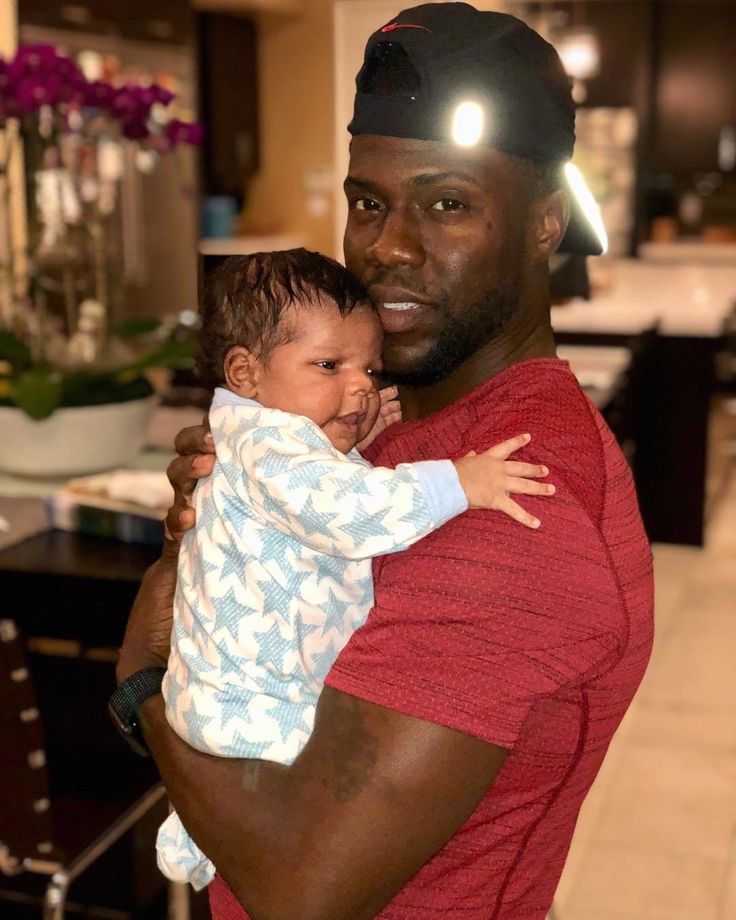
Regular checkups at this early stage typically take place when your baby turns 1 month old and again when they’re 2 months old. Of course, you can call your baby’s healthcare provider any time you have a question or concern, even between visits. At your baby’s regular checkups your baby’s provider will
check your baby’s growth and development
do a physical exam
complete any screening tests that haven’t been done yet
ask how you’re doing and perhaps offer advice
answer all your questions
give you an idea of your baby’s progress in the coming weeks and months
schedule or give your baby any immunizations that may be required in the coming weeks.
Here are some tips to help you bond with your little one and help them feel safe and secure, key components of healthy development:
Provide close, warm, and consistent physical contact.
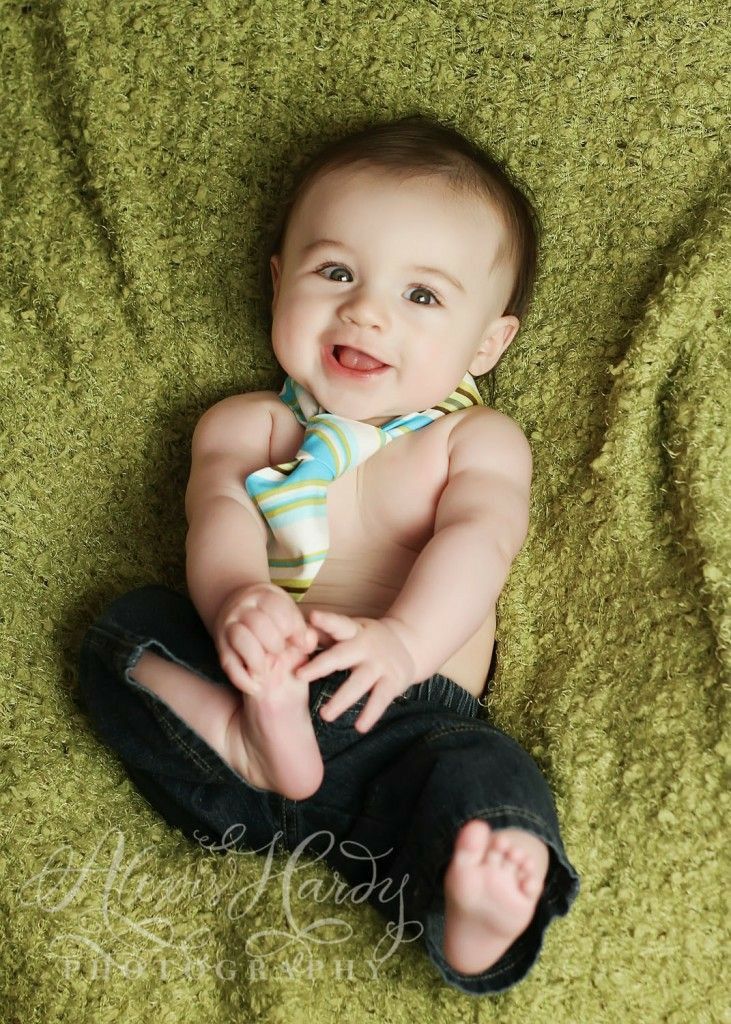 Holding and hugging your baby as often as possible promotes your baby’s sense of security and well-being. Continued skin-to-skin contact is also important. Make sure others in the household and other caregivers also provide the same loving care to your baby. There’s no way you can spoil your baby by giving them the attention they need.
Holding and hugging your baby as often as possible promotes your baby’s sense of security and well-being. Continued skin-to-skin contact is also important. Make sure others in the household and other caregivers also provide the same loving care to your baby. There’s no way you can spoil your baby by giving them the attention they need.Talk to your baby. Say your baby's name and use simple phrases to narrate some of your actions, such as during dressing, diaper-changing, bath time, and feeding. Respond to their facial expressions and gestures—it’s a conversation! If you or your partner speak a different language, feel free to use it with your baby.
Read to your baby. Daily reading helps foster your baby's language development. Reading together also creates a feeling of physical closeness.
Be attuned to your baby’s personality and rhythm. Even at this early stage of their life, you know a lot about your baby: their temperament and moods, their likes and dislikes.
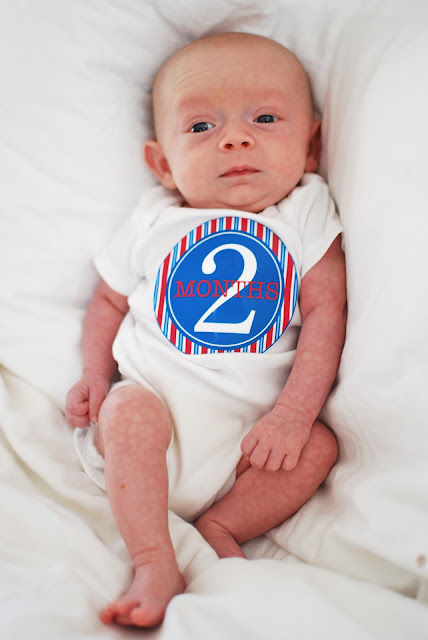 Paying attention to their cues will help you respond to their needs.
Paying attention to their cues will help you respond to their needs.
Whether you’ve already purchased some of the following baby products or have received them as gifts at your baby shower, these are things you may be reaching for this month:
Diaper bag. You may start heading outside more often this month and a diaper bag will help keep all your baby’s things organized, including diapers, wipes, and an extra change of clothes, among other necessities.
Baby bathtub. By now your baby’s umbilical cord stump has fallen off, so it’s time to bring out the baby bathtub.
Baby wash/shampoo and other bath-time supplies. A multi-purpose baby wash or shampoo designed for sensitive skin is a good choice.
Diapers, wipes, and diaper rash cream. You’ll continue to go through a lot of diapers in the months ahead, so it’s smart to stock up on supplies in advance.
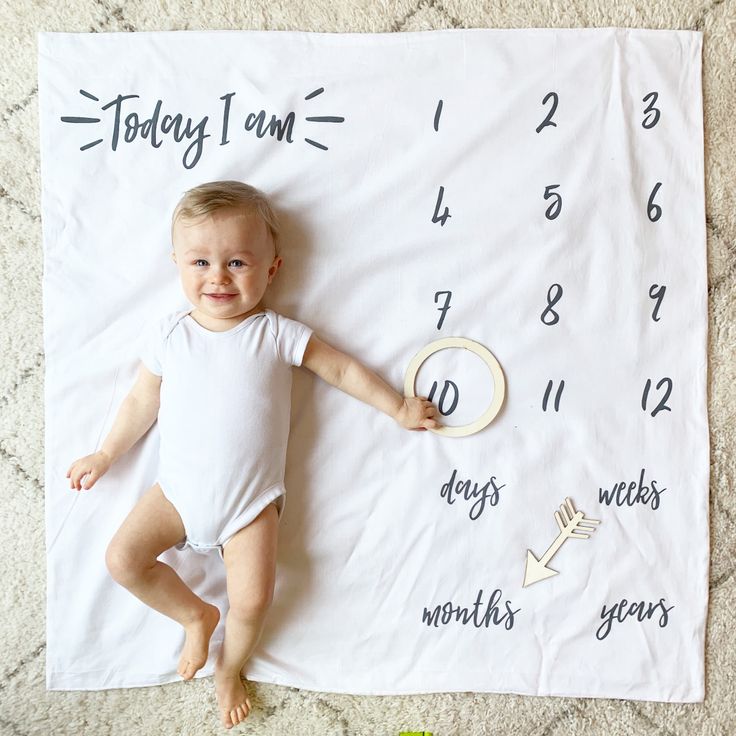
Sound machine. If your baby takes a while to fall asleep, you may consider using white noise or very soft music to help lull them to sleep.
Humidifier. If the air is dry in your home, or if your little one comes down with a cold, your baby's healthcare provider may suggest using a cool-mist humidifier in the room your baby sleeps.
Night-light. Having a night-light is helpful when it comes to those late-night feedings and check-ins. With a night-light there’s no need to disturb your baby by turning on a bright overhead light.
Baby thermometer. Babies tend to run fevers, and you'll need a thermometer specifically designed for babies, along with an up-to-date first-aid kit.
You might be feeling more confident this month as some of the uncertainty you may have felt during the first few weeks starts to fade away.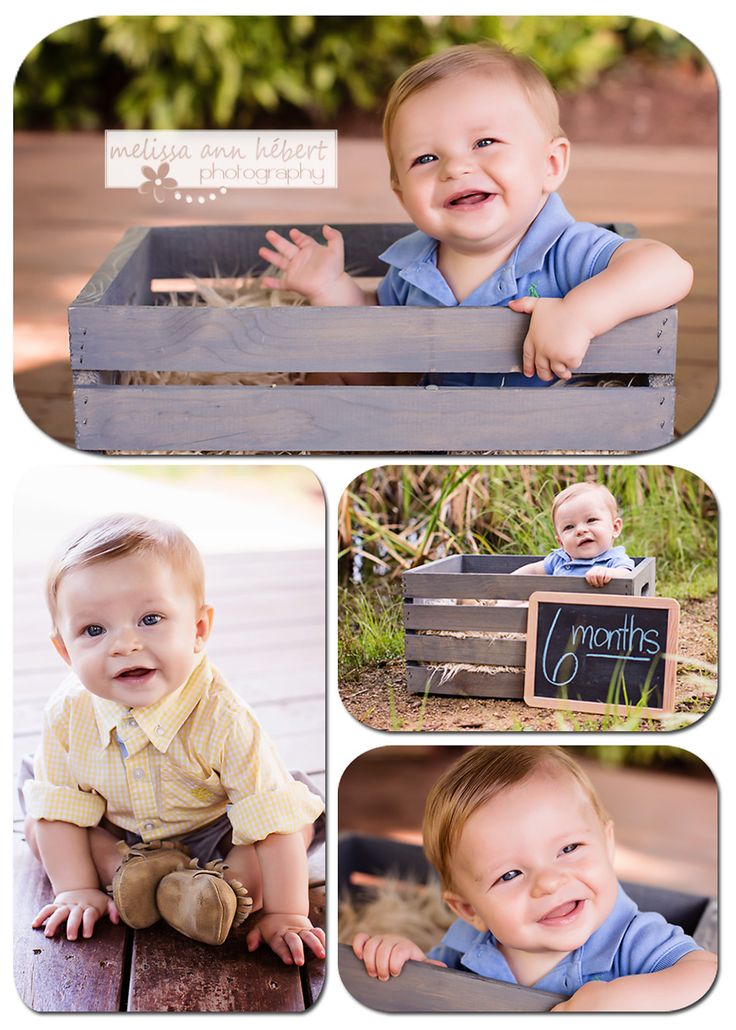 Still, talk about any concerns you have with trusted loved ones or your healthcare provider. You might be surprised how much better you feel afterward.
Still, talk about any concerns you have with trusted loved ones or your healthcare provider. You might be surprised how much better you feel afterward.
If you're breastfeeding, you might experience discomfort resulting from a breast infection called mastitis. Contact your healthcare provider if you notice symptoms such as sore breasts, fever, or nausea. Don’t stop nursing as this will make things worse. Keep in mind that it’s safe for your baby to nurse when you have mastitis—the milk is not infected.
Treatment for mastitis includes expressing milk from your breasts either by feeding or pumping, but your provider may also recommend antibiotics. Get plenty of rest and drink lots of water to help your body fight the infection. Learn more about what mastitis is and how to treat it.
Checklist for This Month□ If you haven’t already been to the appointment, schedule and take your baby to their 1-month-old health checkup.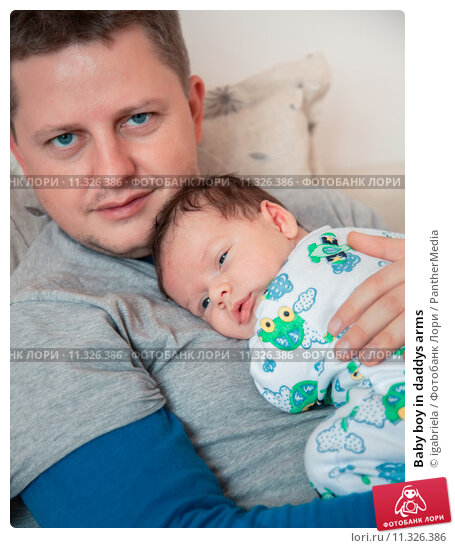
□ Keep track of any questions or concerns you have so you don't forget to bring them up at your next visit. Among other things, your baby's healthcare provider will want to know about your baby’s
bowel movements (diarrhea and/or constipation)
vomiting, fevers, infections
hearing or vision problems
sleep issues
rashes
weigh gain and/or loss.
□ Sign up for a baby first-aid course and encourage others who care for your baby to attend along with you. If you’re unsure where to find such a course near you, ask your baby’s healthcare provider—they’ll know one in your local area.
□ If you’re eager to know what’s ahead next month, take a look at what you might experience once your baby is 2 months old.
□ Your baby will be 2 months old soon. Why not download these milestone cards to help celebrate and share this big day with friends and family.
For even more information, sign up to get our regular emails:
2-Month-Old Baby: Milestones, Sleep & Feeding Schedule
Have you noticed that your tiny newborn isn't so tiny anymore? There are many exciting growth and developmental milestones to look forward to once your baby turns 2 months old, and we’re providing a preview of some of the ones you’ll definitely want to watch for.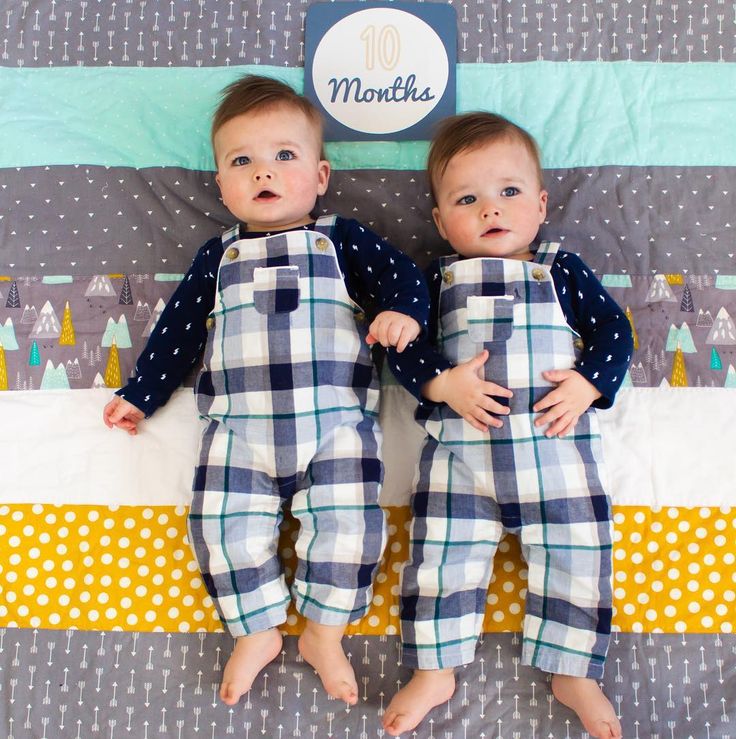 We’ll also cover how to deal with common health concerns like diaper rash and coughs. If you’re returning to work soon, take a look at the tips and insights we've included to help make this transition go smoothly for both you and your baby.
We’ll also cover how to deal with common health concerns like diaper rash and coughs. If you’re returning to work soon, take a look at the tips and insights we've included to help make this transition go smoothly for both you and your baby.
Baby Development Milestones for a 2-Month-Old
This month will be full of discovery for your baby as they become more and more aware of the world around them. Here are some of the baby development milestones your 2-month-old baby may be approaching.
Growth and Physical Development
During these early months, babies tend to grow about 1 to 1 1/2 inches in length and gain about 1 1/2 to 2 pounds in weight each month. Your baby’s healthcare provider will monitor your baby's growth rate at each checkup, noting your 2-month-old baby’s weight, length, and head circumference to make sure everything is on track. Read more about how baby growth charts are used in your baby's first 24 months.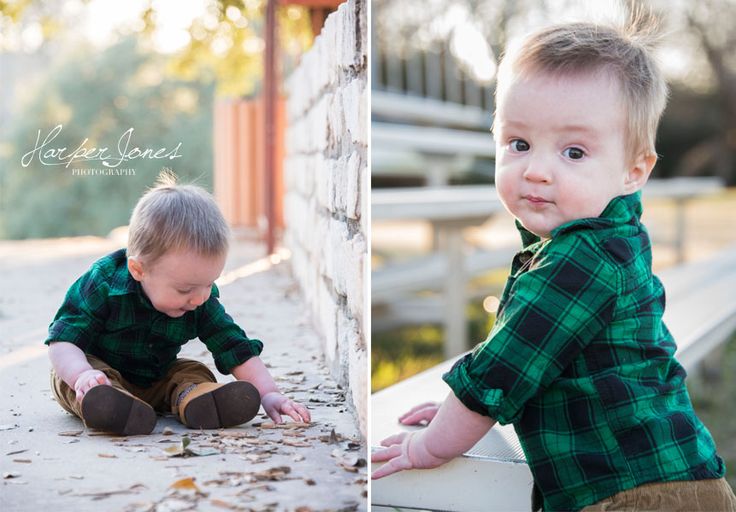
And there's more news on growth: The soft spots on your baby's head, called the fontanelles, will begin to harden as the bones of your baby's head fuse together.
Watch Those Fingers and Toes
You may have noticed that your baby's nails seem to grow at the speed of light. You'll likely have to clip or file your baby's fingernails about once a week, and their toenails about twice a month. You may not have to worry about reminding yourself—you'll know it's time when you or your baby get scratched! Here are some tips on how to care for your baby's nails:
Use baby nail scissors or clippers, or a soft nail file
Clip your baby's nails while they’re asleep or after a relaxing bath, as their hands will be less of a moving target
Push down on the skin of the fingertip so you can safely clip just the nail, not the skin
File any rough edges after clipping the nails
If you're still unsure about how to safely cut your baby's nails, ask their healthcare provider to show you how.
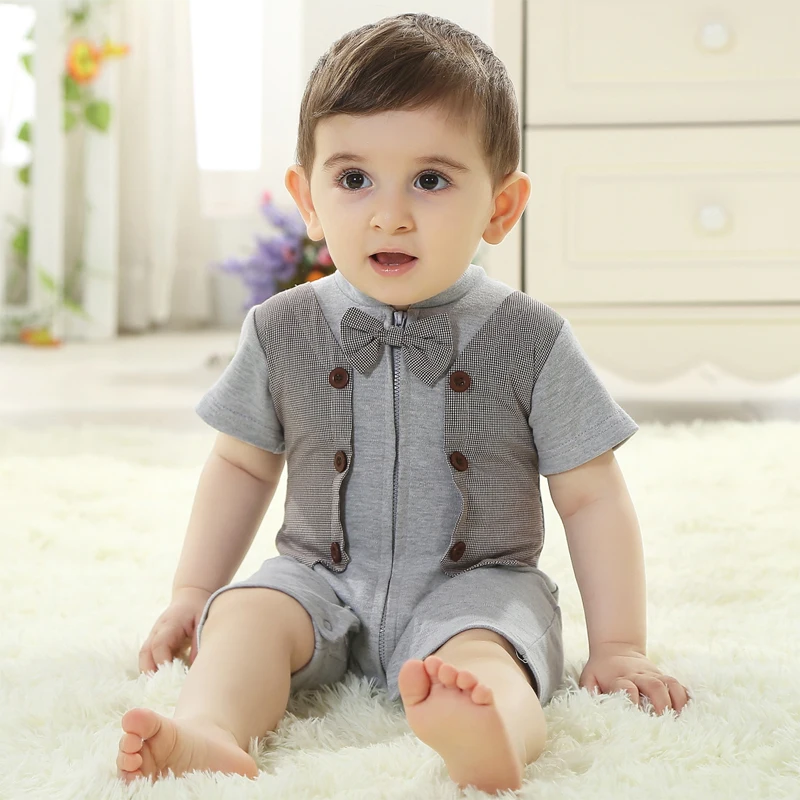
Senses: Seeing the World in Color
What can babies see at 2 months old? A lot more than they could in the previous months! At 2 months old, your baby’s vision is improving. They will start to recognize objects and will love to look at familiar human faces, especially their parents’. In earlier weeks, your baby may have been drawn to simple patterns with straight lines, but soon they'll start to notice circular shapes and patterns such as bull's-eyes and spirals. Your little one is starting to see colors better, too.
How far can a 2-month-old see? Not that far just yet, although your little one will enjoy gazing at things in the distance when you head outside. Help them learn by saying aloud the names of the different objects they see, naming anything that catches their eyes, like a tree, squirrel, or playground.
Movement: Baby Squats
Although many of your baby's movements are still reflexive, your little one will gradually learn to control more of what they do.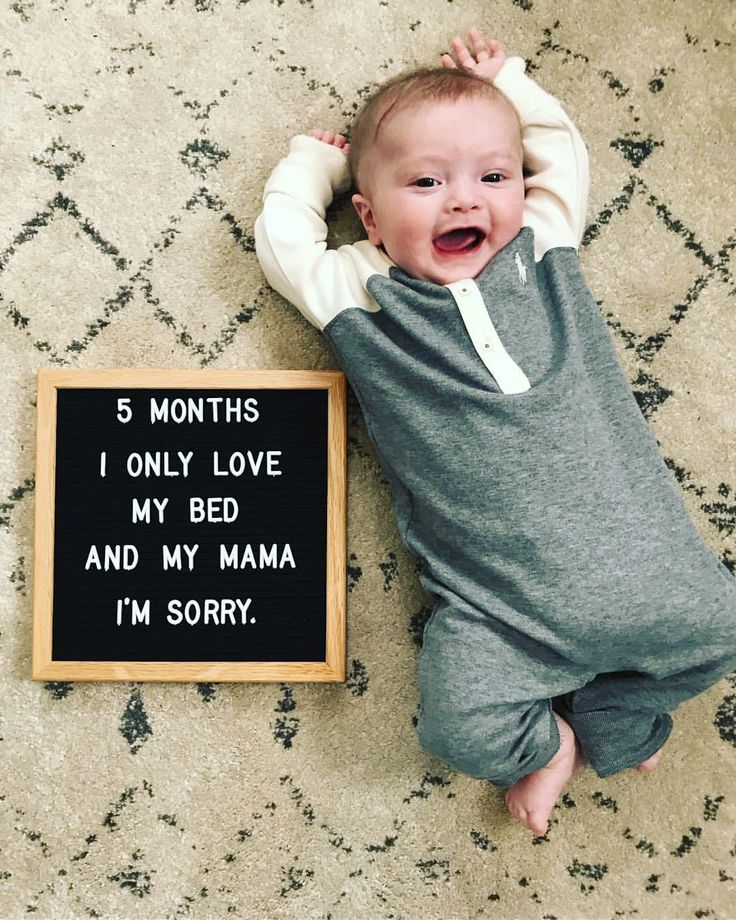 For a while they may seem less active as some of their early reflexes fade, but new movements will start appearing that are more purposeful.
For a while they may seem less active as some of their early reflexes fade, but new movements will start appearing that are more purposeful.
The kicks your baby may have started practicing last month will start to gather force, as you might discover if they accidentally kick you. In the coming weeks, they'll gain control of bending and straightening their knees. If you hold them upright with their feet on the ground, they might crouch down and then “stand”—and they'll soon realize they can bounce.
Your baby's hand and finger skills are also developing. Your little one may be spending more and more time with their hands unclenched, and they'll likely be fascinated by their hands as they pass by in front of them. They'll slowly develop the ability to bring their hands to their mouth—initially it might happen by accident, but eventually they will place their hands in their mouth on purpose as sucking their knuckles will be soothing. If you put a rattle in their hand they might hold onto it and even shake it, but—watch out!—they'll drop it when they get bored.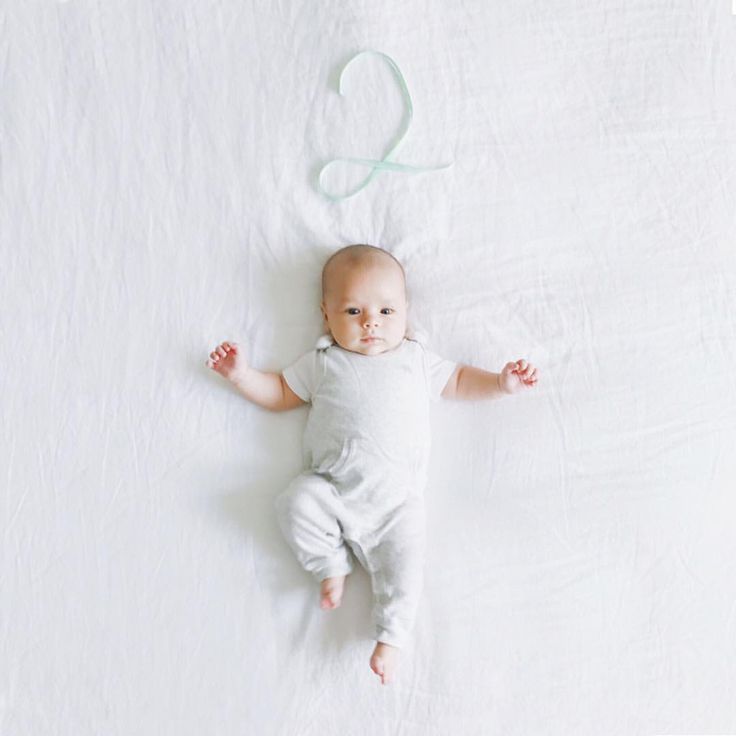
All that tummy time they’ve been putting in (with you closely supervising) will slowly start to pay off. Around this month or next, your baby will be able to push up off their arms and briefly hold their chest and head up. This is big news because it's a step toward greater independence for your little one. Gaining this skill will mean being able to look around at whatever interests them, even when they’re lying on their tummy.
related baby tool
Keep an eye on your baby’s average growth by tracking height, weight, and head circumference with our simple tool.
Fill out your baby's details*:
What is your child*
Boy Girl
This is a mandatory field.
Age (between 0 and 24 months)
This is a mandatory field.
Weight (lbs.)
This is a mandatory field.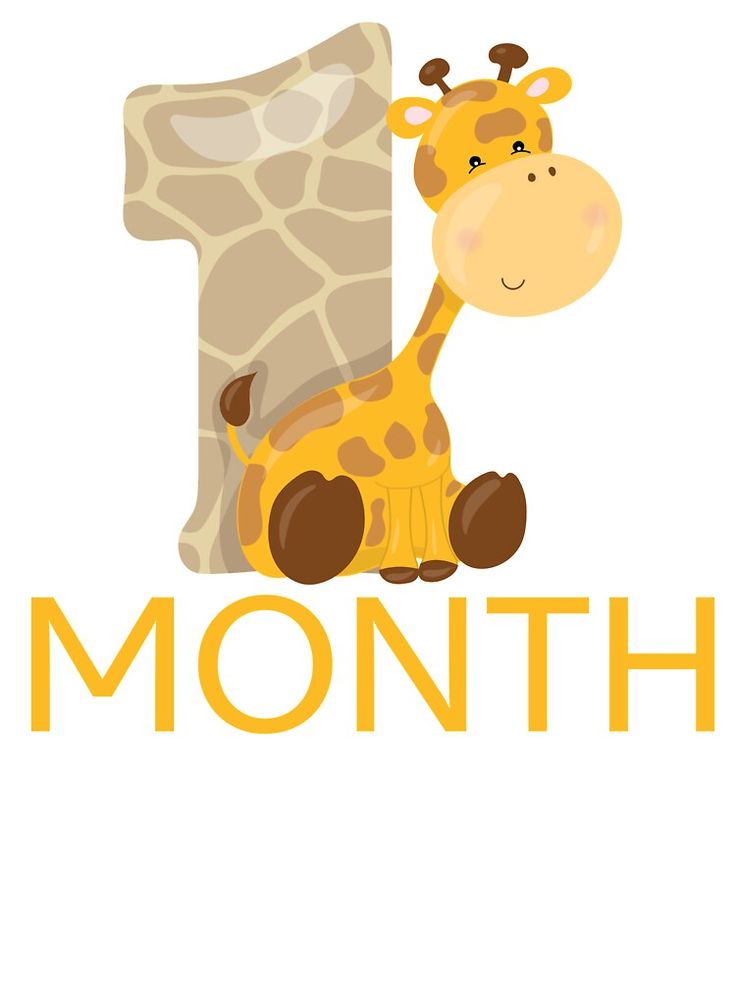
Height (in.)
This is a mandatory field.
Head circumference (in.)
This is a mandatory field.
*Input details of your baby’s last measurements. **Source: World Health Organization
Personality: Muh-muh-muh-muh
Your baby's personality will reveal itself more and more each day. It will start to show in the way they communicate using facial expressions, vocalizations, and even gestures. For example, if you smile at them and they feel happy, they might smile right back at you. Around this time, they might start to happily amuse themselves by making all kinds of strange new sounds. You might hear “muh-muh” and “bah-bah,” and “aahs” and “oohs.” Have conversations with them repeating these sounds back to them.
“Baby talk” is important at this stage, but add in real words, too. All along, they will be learning that conversation is a two-way street where each person takes turns, and each contribution is important.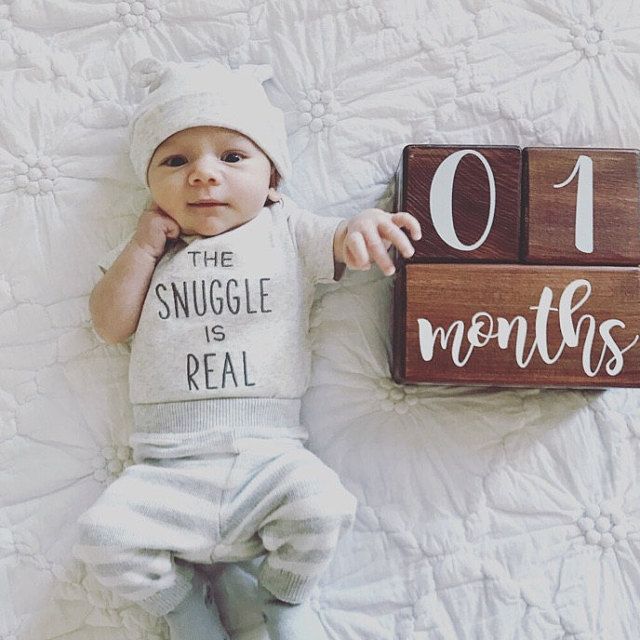 As the weeks progress, your baby will be more alert to your tone of voice and will be able to get an idea of your mood by how you talk to them. Your voice also helps signal what's to come, so tell them what you're doing when you're changing their diaper, taking them out for a walk, or bathing them.
As the weeks progress, your baby will be more alert to your tone of voice and will be able to get an idea of your mood by how you talk to them. Your voice also helps signal what's to come, so tell them what you're doing when you're changing their diaper, taking them out for a walk, or bathing them.
Soon your baby won't only be smiling: They'll be squealing or laughing in delight. But don't be surprised if your baby isn't as responsive to strangers. Parents and siblings will be your baby’s favorites, and probably other regular visitors. Just like adults, your little one has their preferences, too!
Activities for Supporting Your 2-Month-Old Baby’s Development
Playing and interacting with you will have a huge role in your baby's brain development and early learning. If you’re wondering what a 2-month-old “should” be doing or what to do with your baby all day, here are some activities you could do together:
Read to your baby.
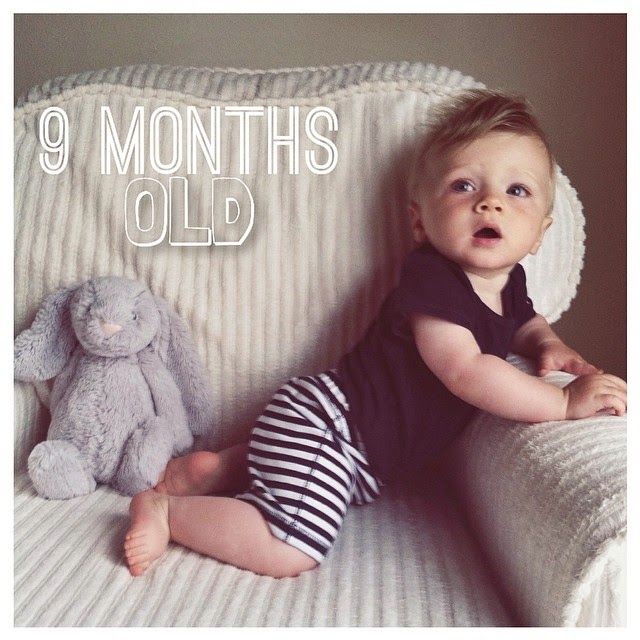 Even if they don't fully understand all the words, your baby is listening to the sounds you're making, and they’re learning about tone and pacing, for example. Don't hesitate to read the same book over and over—babies love repetition.
Even if they don't fully understand all the words, your baby is listening to the sounds you're making, and they’re learning about tone and pacing, for example. Don't hesitate to read the same book over and over—babies love repetition.Have a conversation. Respond to your baby's coos and aahs, and initiate conversation by telling them what you're up to. When they “talk,” try not to interrupt or look away. Your attention tells them that their voice is important too and helps build trust.
Continue tummy time. Give your baby short periods of tummy time each day to help strengthen their neck, arm, and shoulder muscles. Tummy time involves laying your baby on their tummy on a firm surface like the floor, making sure you're staying close to them and watching.
Introduce a variety of sounds. Play your baby music or give them toys that make different sounds when touched. Let them listen to the sounds of everyday life, too. For example, have them safely nearby as you do household chores.
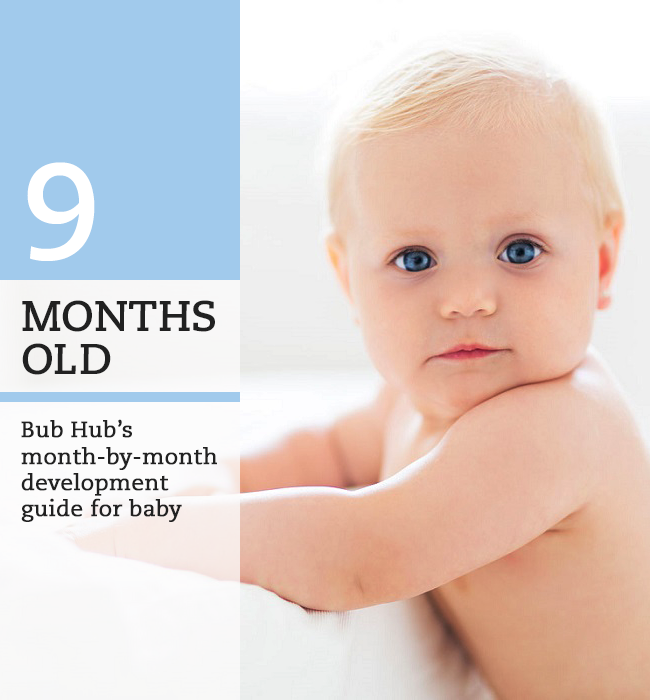
Watch the short video below to learn more about the importance of “baby talk,” reading to your baby, and other language development tips.
Feeding Your 2-Month-Old Baby
Two-month-old babies need to be fed whenever they’re hungry, so your 2-month-old’s feeding schedule should be based on their hunger signs. Your baby will show you they’re ready to eat by making sucking motions, moving their hands to their mouth, whimpering, or flexing their arms and hands. And for a rough idea of how often a 2-month-old baby eats, that's usually about six to eight times a day.
It's best to focus on your baby’s signs of fullness to know when they’re done feeding rather than worrying about how much a 2-month-old “should” eat. Keep an eye out for the signs they’ve had enough, such as slowing down, stopping sucking, or turning away. You can probably tell your baby is generally eating well if they doze off after a feeding but seems alert, content, and active between feedings.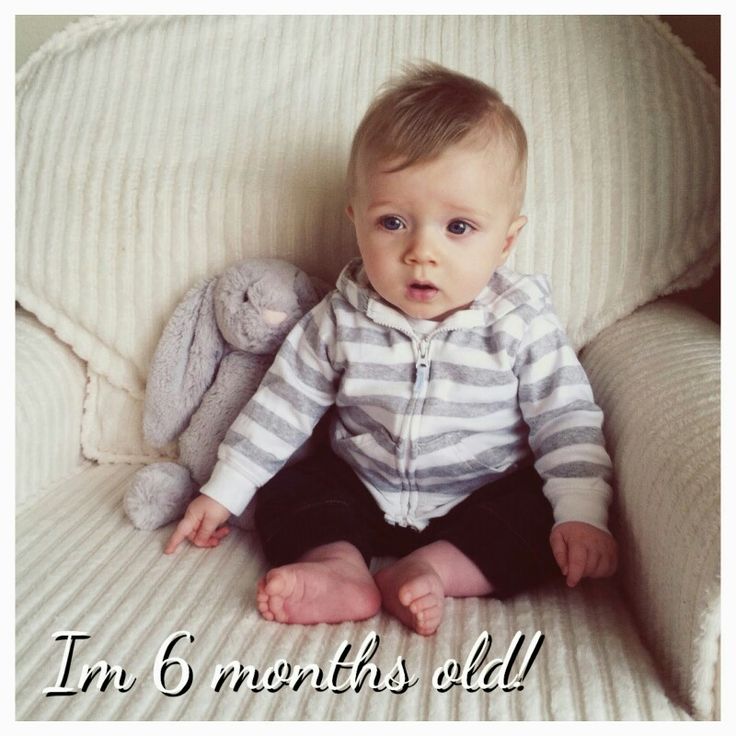
If you’re wondering how long “should” a 2-month-old sleep at night without eating, at this stage, babies often sleep longer at night and need feeding less often. So, your baby may be able to sleep for a longer stretch before a nighttime feeding. You might be able to skip one middle-of-the-night feeding; as your baby’s stomach capacity grows, they may not be hungry again until early morning.
Tracking Wet and Dirty Diapers
The number of diapers you change gives you clues about whether your baby is healthy and is getting enough to eat. Your baby may pee anywhere from once every couple of hours to only once every four to six hours.
If you’re asking yourself “How many wet diapers does a 2-month-old produce,” there is no exact number since every baby is different. However, fewer than six wet diapers may be a sign of mild dehydration. Pay attention to how many diapers your baby typically goes through. If there is a significant drop in the number of wet diapers or your baby’s mouth seems dry, they may be dehydrated. If you’re in any doubt, consult your baby’s healthcare provider.
If you’re in any doubt, consult your baby’s healthcare provider.
There is no “correct” number when it comes to poopy diapers either. So, don’t focus on how much your 2-month-old “should” poop since the frequency can vary. Two-month-old babies can poop anywhere from several times a day to only once a week. If your baby is pooping less than normal but the stools are soft and your baby is otherwise healthy, there may not be any cause for concern. Still, if you’re worried, your baby’s healthcare provider will be able to check whether everything is OK.
As you’ve no doubt realized, your baby’s going through plenty of diapers. If you haven’t already, don’t forget to download the Pampers Club app so you can get great rewards for all those diapers you’re buying.
How Much Sleep Does a 2-Month-Old Baby Need?
Are you asking yourself, “How many hours ‘should’ a 2-month-old baby sleep”? At 2 months old, your newborn baby may sleep about 14 to 17 hours over a 24-hour period. This is just a general range, and your 2-month-old baby’s sleep and nap schedule may be slightly different.
This is just a general range, and your 2-month-old baby’s sleep and nap schedule may be slightly different.
So, how long “should” a 2-month-old sleep at night or nap during the day? Your baby may spend more time alert and awake during the day, and although they may want fewer naps, these naps might be a little longer in duration. At this stage, some (but not all) babies even manage to sleep through the night, meaning about six to eight hours in one stretch.
Good sleep routines—regular bedtimes and naptimes, and restful sleeping periods—give your 2-month-old a great start in life, contributing to their general health and well-being. Although it can take a while for evening routines to become established, you can help your baby head in the right direction by making nighttime feeds as quiet as possible. For example, keep the lighting low, don’t speak much or loudly, and after the feeding and a quick diaper change put them right back to sleep on their back to help prevent SIDS (sudden infant death syndrome).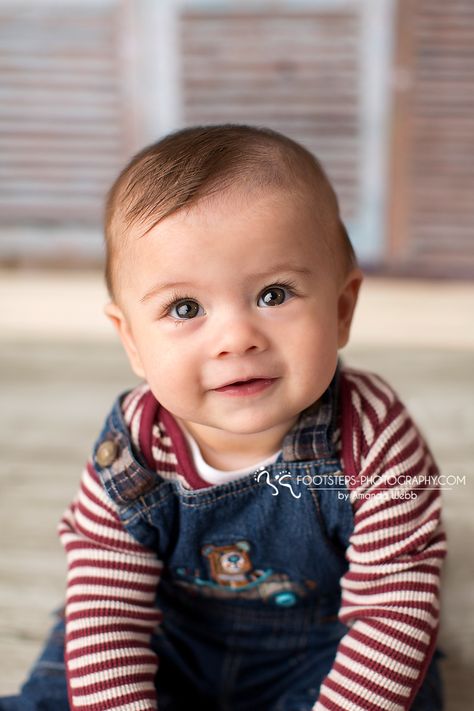
Get Help Setting Up a Bedtime Routine
To help you establish a consistent bedtime routine, check out the Smart Sleep Coach by Pampers. Codeveloped with pediatric sleep experts and packed with articles that explain your baby’s development, the Smart Sleep Coach app includes a powerful sleep tracking tool that suggests the best times for your baby to nap and sleep. Plus, the Smart Sleep Coach’s exclusive algorithm customizes sleep-coaching approaches based on your input and your baby’s unique sleep patterns.
A Day in the Life of Your 2-Month-Old Baby
Your 2-month-old baby’s daily schedule may include simple routines for sleeping, feeding, bathing, and playing. Here’s one example of what a typical day might look like:
Your Baby’s Health
Some health issues you may encounter this month may include:
Diaper rash. A wet or soiled diaper that touches your baby’s skin for too long can cause a red rash on the diaper area.
 To combat diaper rash, change wet or poopy diapers as soon as possible, clean the area with wipes at each change, and expose your baby’s bottom to air whenever possible. These steps will help the rash clear up and help prevent it from reoccurring.
To combat diaper rash, change wet or poopy diapers as soon as possible, clean the area with wipes at each change, and expose your baby’s bottom to air whenever possible. These steps will help the rash clear up and help prevent it from reoccurring.Heat rash. These tiny, red bumps typically occur in hot and humid weather, usually on the neck, arms, legs, or diaper area. Don’t apply skin ointments; instead, cool the area with water, then completely dry the skin, dress your baby in cool, dry clothing, and try to keep them out of the heat. With this kind of care, heat rash typically goes away after a few days.
Eczema. If your baby has red, itchy, scaly patches of skin in the crooks of the elbows and knees, it could be eczema. Your baby’s healthcare provider can make a diagnosis and will recommend treatment options. It may help to use mild, unscented baby soaps on your baby and their clothes and sheets, and to dress them in soft clothes.
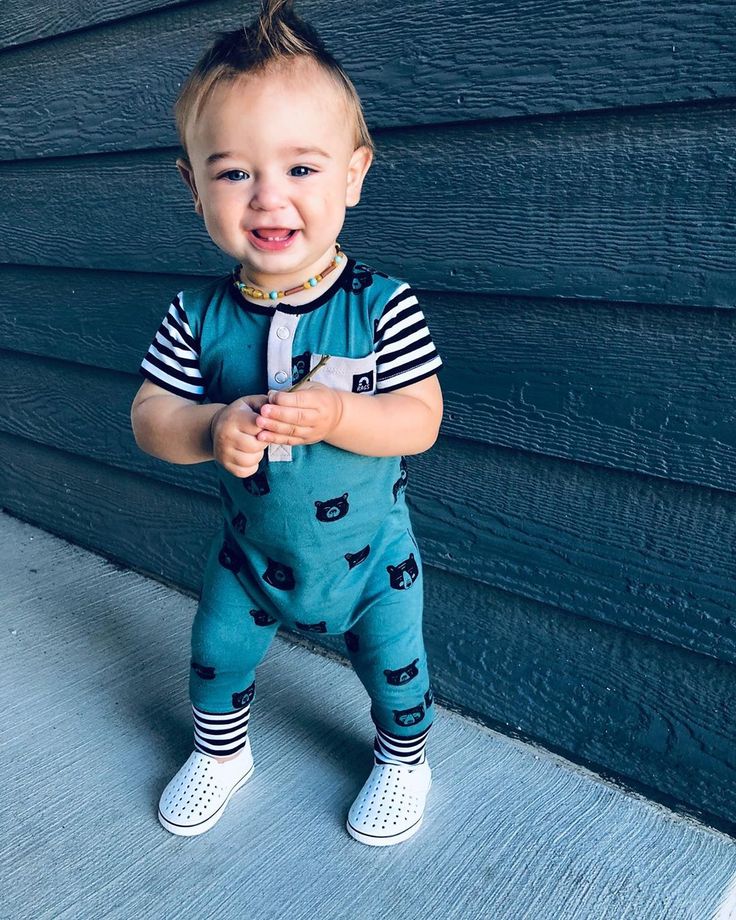 If you’re asking yourself “How often should I bathe my 2-month-old baby”? Bathe them three times a week at the most.
If you’re asking yourself “How often should I bathe my 2-month-old baby”? Bathe them three times a week at the most.Coughing. If you notice your 2-month-old baby coughing, it’s a sign that their airways are irritated. Coughs can be triggered by many kinds of respiratory illnesses, from the common cold to pneumonia. It’s a good idea to reach out to your baby’s healthcare provider if your little one is coughing; if coughing is accompanied by fever or a difficulty in breathing, take your baby to their healthcare provider right away for treatment or advice.
Development Tips for Your Baby This Month
Here are some tips that can help you bond with your 2-month-old baby and foster a feeling of safety and security, as well as contribute to their well-being and healthy intellectual development:
Provide warm and consistent physical contact. Hugging your baby often makes your baby feel safe and loved.
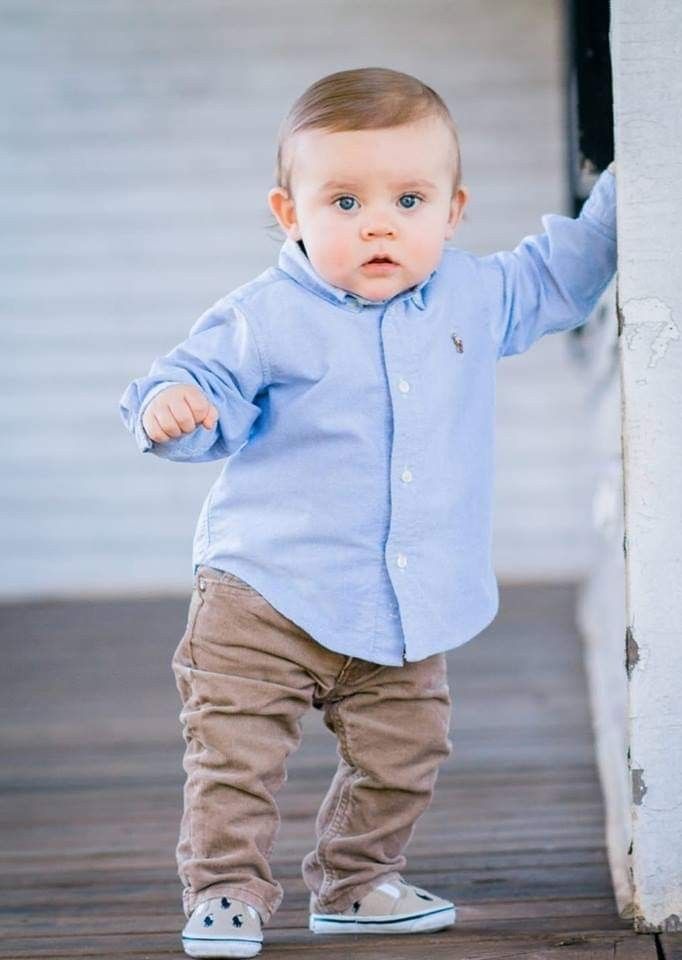 Continued skin-to-skin contact is also important.
Continued skin-to-skin contact is also important. Read to your baby every day. Reading helps set the stage for language development in babies. Reading in the evening before bed is the perfect opportunity to also create a calming bedtime routine.
Narrate your day as you talk to your baby. Use simple-to-understand phrases to narrate your actions as you interact with your baby, such as during dressing, diaper changes, bathing, and feeding times. Respond to your baby’s faces and gestures because it’s in fact a conversation! If you or your partner speak a foreign language, start using it with your baby.
Show your baby colorful objects of different shapes, sizes, and textures. These can include sensory toys, rattles, or plush toys (be sure the toys are suitable for a 2-month-old baby). You may also like to show your baby picture books and family photo albums.
Get in tune to your baby’s mood. You know your baby best: their preferences and aversions.
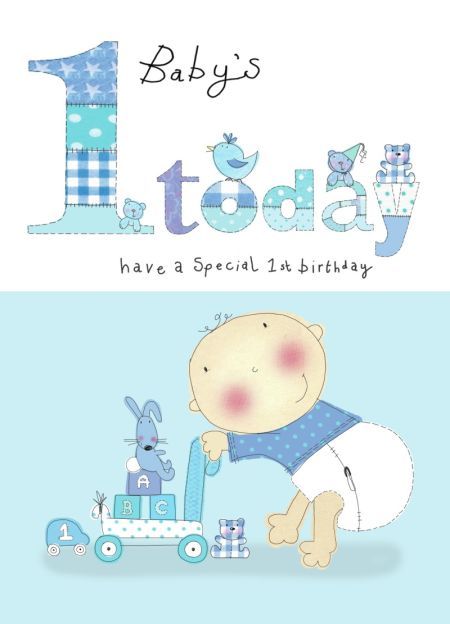 Read and respond to their cues, for example, such as when they're hungry or tired, happy or upset.
Read and respond to their cues, for example, such as when they're hungry or tired, happy or upset.
Items You Will Need This Month
You may already own some necessary baby gear like a crib, changing table, and stroller, but here are some additional items it may be worth purchasing if you haven’t already:
Baby books. Now’s the time to dig out your favorite children’s book from your own childhood or repurchase some of the classics as well as some of the latest titles.
Sound machine. If your baby needs help falling asleep, you might like to try using very soft music or white noise to help lull them to sleep.
Diapers, wipes, and diaper rash cream. You’ll continue to use a lot of diapers in the coming months, so being well-stocked with diapering supplies is a good idea.
Baby nail clippers. You may be surprised how fast your baby’s fingernails grow.
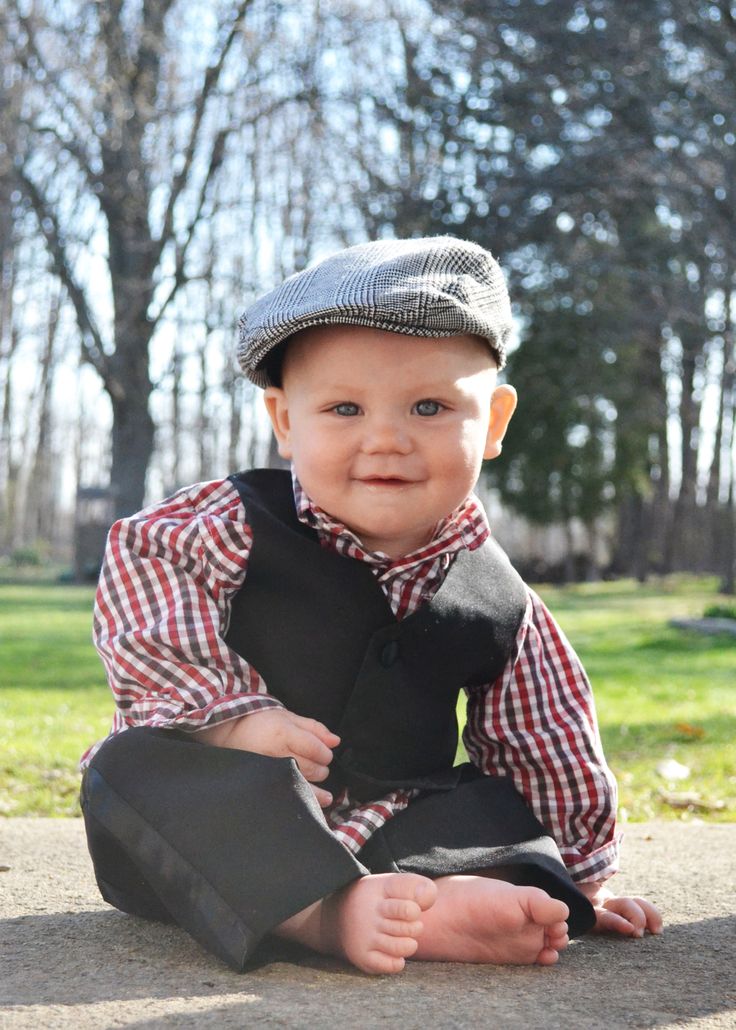 Baby nail clippers can make trimming them a breeze.
Baby nail clippers can make trimming them a breeze.Humidifier. A comfortable sleeping temperature and humidity is very important for your baby, especially if they happen to have a cold.
Night-light. A night-light will make those late-night feedings and check-ins much easier, and you won’t wake up your baby by turning on an overhead light.
Baby thermometer. A thermometer specifically designed for babies is a must-have. Plus, make sure that your first-aid kit is up to date.
Your Life as a Parent: Returning to Work
Depending on your situation, different factors may come into play as you decide if and when to go back to work, including your finances, maternity leave options, and general family considerations. If you can, allow yourself some flexibility as you may change your mind about your return to work when the time comes. Whenever you do return to work, it’s natural to feel sad, anxious, or concerned about how your baby will adjust.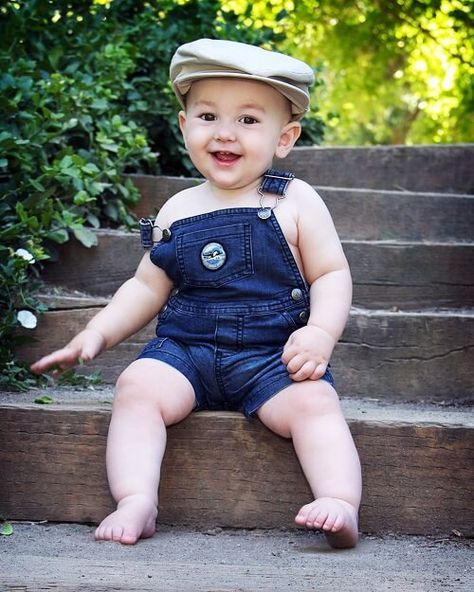 If your partner is not staying home with your baby, the key is to find child care that you feel comfortable with and that your baby thrives under. You might also consider getting additional help at home so you can spend that precious home time with your baby without additional distractions.
If your partner is not staying home with your baby, the key is to find child care that you feel comfortable with and that your baby thrives under. You might also consider getting additional help at home so you can spend that precious home time with your baby without additional distractions.
Organizing Child Care
You may have multiple sources and forms of child care that you could consider, including
your parents or other relatives
a babysitter
a day care center
in-home care, either solely for your baby or in a group with other children
a nanny
or a combination of the above.
As you search for child care, focus on ensuring that your baby will be happy and developing well under the care you select. Ask other parents or your baby’s healthcare provider for referrals. Speak to potential caregivers at length, observe them with your baby for a day or two, check their references and do background checks, and trust your instincts. You should always keep a watchful eye that your baby is doing well and reevaluate your choice if needed.
You should always keep a watchful eye that your baby is doing well and reevaluate your choice if needed.
Expressing Breast Milk at Work
Returning to work can be stressful for some women and may reduce your breast milk supply (as may other sources of stress), particularly if you are not able to pump as much as you would like. By law, your employer must allow you time and a space—other than a bathroom—for you to express breast milk until your baby turns 1 year old. If you are concerned your milk supply may be running low, read up on how to increase breast milk supply and contact your healthcare provider or lactation consultant for help.
Finding Help at Home
As you return to work—or simply because you need an extra pair of helping hands—you may need help with cooking, household chores, or errands. Here are some things to keep in mind:
Make sure you have someone you trust who will relieve the load, not add to it
Figure out when you’ll need help and make sure the helper can reliably commit to this schedule
Be clear about what you need help with and consider having it in writing
Ask for enough warning if the helper can’t make it or if they are sick
Have a plan B like a babysitter or neighbor you can call to jump in at the last minute
Consider getting a background check and checking for a valid driver’s license
If the person’s role includes caring for your baby, ask the caregiver to complete a baby first-aid course.

Checklist for This Month
If you’re returning to work, finalize your child-care plans.
Create a list of a few trusted babysitters.
It's time for your baby's 2-month-old checkup. During these regular checkups your baby’s healthcare provider will track your baby’s growth, do a physical exam, ask you how you are doing, answer any of your questions, and schedule or give any immunizations your baby may need. In between these appointments, keep a list of any questions or concerns you have.
Start looking ahead—check out what kinds of things may happen when your baby is 3 months old.
Turning 3 months old is a big day for your little one. Download and print these milestone cards to celebrate and share the news with friends and family.
For even more information, sign up to get our regular emails:
Weight and height of a child by months up to a year - Table of weight norms for babies up to a year
A young mother often worries about whether her baby is developing correctly.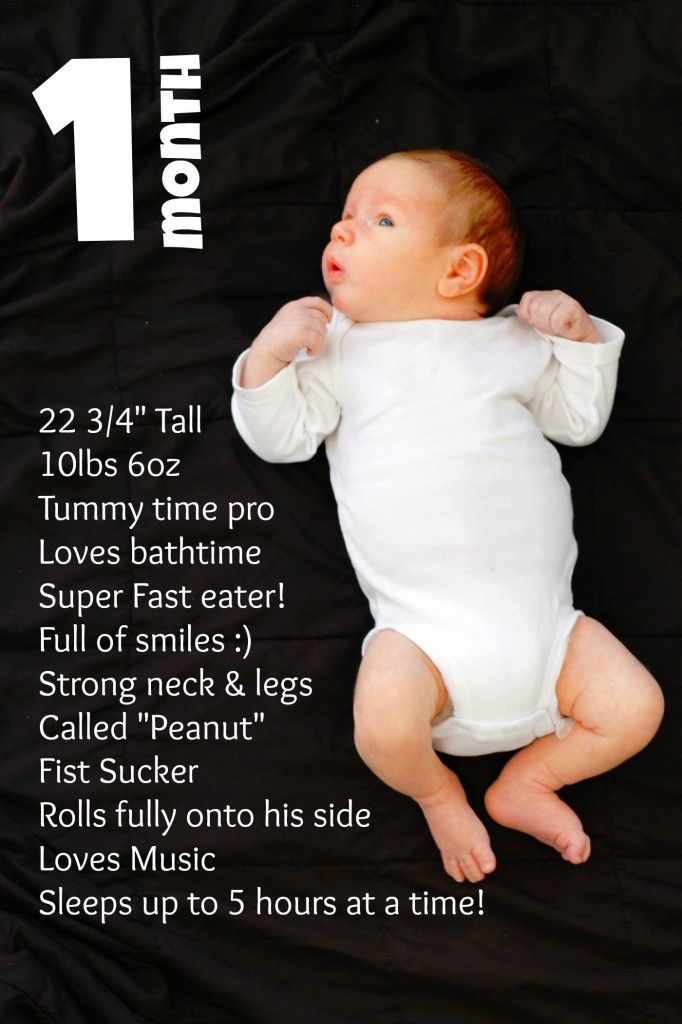 And the weight of the child is one of the “sick” questions that often comes up on the playground.
And the weight of the child is one of the “sick” questions that often comes up on the playground.
Undoubtedly, how much a newborn is gaining weight is really important to know. But remember that the height and weight of the child are individual indicators. And they may not always fit into beautiful statistics. Although the approximate norm for the weight of a newborn is calculated based on general values. Doctors who carry out regular weighing of a newborn also have their own guidelines. nine0003
The table below shows the height and weight of the newborn by month. The figures take into account statistical data and recommendations of pediatricians (the discrepancy, by the way, is only 3%).
| Child's age, months | Boy, weight, g | Boy, height, cm | Girl, weight, g | Girl, height, cm nine0012 |
|---|---|---|---|---|
| Newborn | 3 600 | fifty | 3400 | 49.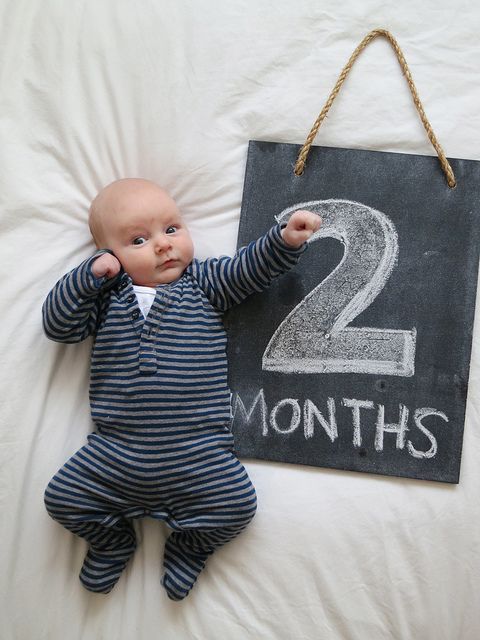 5 5 |
| 1 month | 4 450 | 54.5 | 4 150 | 53.5 |
| 2 month nine0026 | 5 250 | 58 | 4 900 | 56.8 |
| 3 month | 6050 | 61 | 5 500 | 59.3 |
| 4 month | 6 700 | 63 nine0026 | 6 150 | 61.5 |
| 5 month | 7 300 | 65 | 6 650 | 63.4 |
| 6 month | 7 900 | 67 | 7 200 | 65.3 nine0026 |
| 7 month | 8 400 | 68.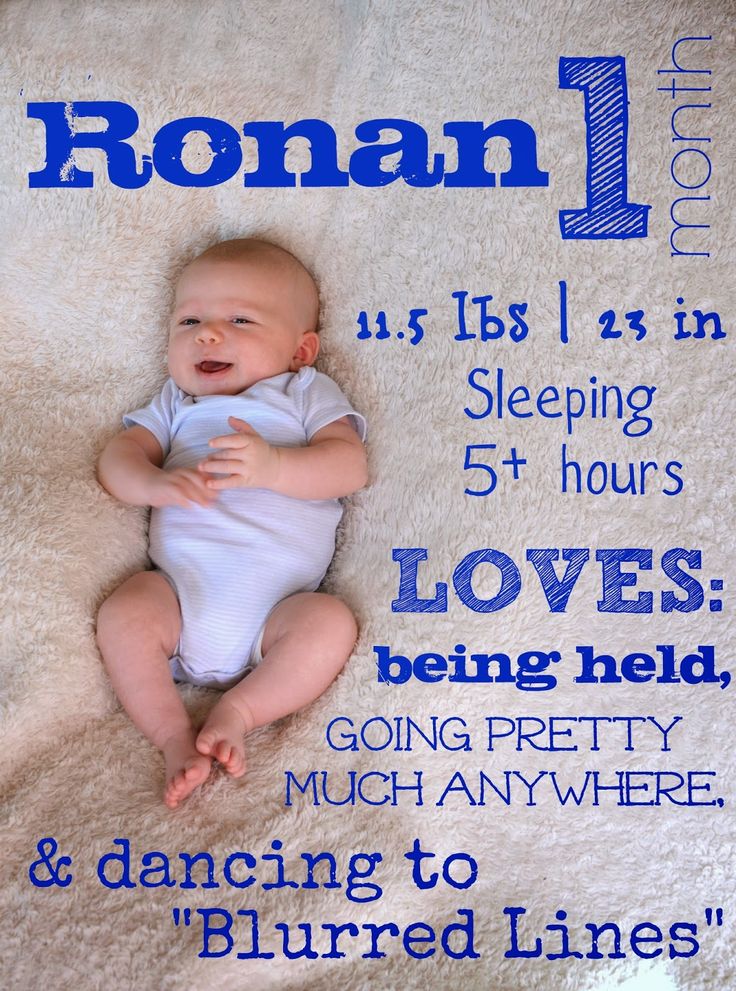 7 7 | 7 700 | 66.9 |
| 8 month | 8 850 | 70.3 | 8 100 | 68.4 |
| 9 month nine0026 | 9 250 | 71.7 | 8 500 | 70 |
| 10 month | 9 650 | 73 | 8 850 | 71.3 |
| 11 month | 10,000 | nine0031 74.39 200 | 72.6 | |
| 12 month | 10 300 | 75.5 | 9 500 | 73.8 |
To use the table, you should know how to weigh a newborn correctly.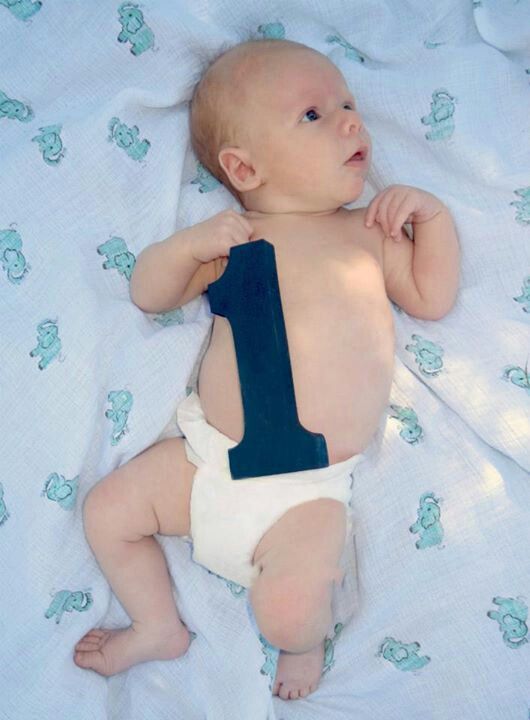 Before turning on the scales, you need to remove all foreign objects from the bowl, otherwise you will get distorted data. Although you can leave a diaper on it and then press the "Tara" button to reset the result. It is necessary to put the baby in the scales at rest in order to fix the exact numbers, which can then be compared with the “ideal”. nine0003
Before turning on the scales, you need to remove all foreign objects from the bowl, otherwise you will get distorted data. Although you can leave a diaper on it and then press the "Tara" button to reset the result. It is necessary to put the baby in the scales at rest in order to fix the exact numbers, which can then be compared with the “ideal”. nine0003
Modern electronic scales for weighing newborns are proactive. A smart device “knows” the weight of a healthy baby in advance and compares the norm with the result. Just wait a few seconds and you will see the result. Home scales with a built-in height meter will allow you to control the physical development of your baby without visiting the clinic.
Remember that the proper weight of the child is growing in dynamics. You can follow this indicator through a mobile application that collects the results of each weigh-in. nine0003
What a 1-month-old baby should be able to do - what a 1-month-old baby can do development
During the first month of life, a baby changes: it gains about 700 grams in weight, gains a few centimeters in height, the chest and head increase in volume.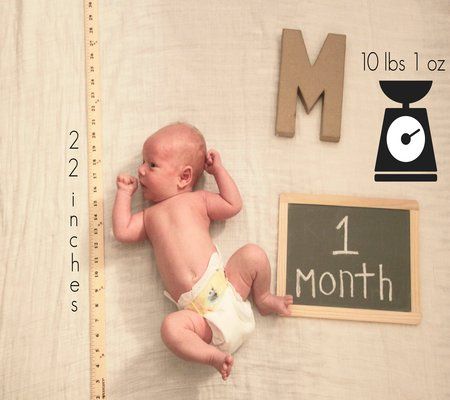 For what a child should be able to do at 1 month, while instincts and reflexes are responsible, however, the development of skills is in full swing.
For what a child should be able to do at 1 month, while instincts and reflexes are responsible, however, the development of skills is in full swing.
What monthly babies should be able to do
The development of each child is individual, however, the presence of certain skills by this age is necessary. Among them are several abilities. nine0003
- Hold your head. This skill is most noticeable while lying on your stomach. The baby's face is not stuck in the diaper, the head is slightly raised. In this position, the baby can be a few seconds.
- Recognize mother. When she takes him in her arms and talks to him, the baby calms down, calms down and stops crying.
- Look at an object or a stationary person. The first fixation of the gaze lasts a second, but every day it becomes more and more confident. Closer to two months, the baby is already confidently following the mother's walking around the room and moving toys. nine0198
- Pronounce throat sounds similar to gurgling.
 This is the beginning of cooing, when the baby first consciously experiences the speech apparatus. And while the first words are still far away, the first attempts occur already at the age of one month.
This is the beginning of cooing, when the baby first consciously experiences the speech apparatus. And while the first words are still far away, the first attempts occur already at the age of one month. - Listen for sounds. The reaction becomes more conscious, the baby is less likely to be frightened by sharp sounds, distinguishes intonations of speech. Mom's voice calms the baby, and the voices of strangers frighten and alert.
- Smile. Up to a month, the child's smile is unconscious, and basically it was noticeable only in a dream. Now he can smile at mom and dad in response to a smile or kind words. nine0198
- Respond to touch. When the baby is touched by a loved one, he rejoices and even stops crying. However, the touch of a stranger can greatly frighten him. Therefore, it is not recommended to give the child to strangers in the hands of strangers.
- Wake up and eat at the same time. At this age, children are already forming a daily routine.
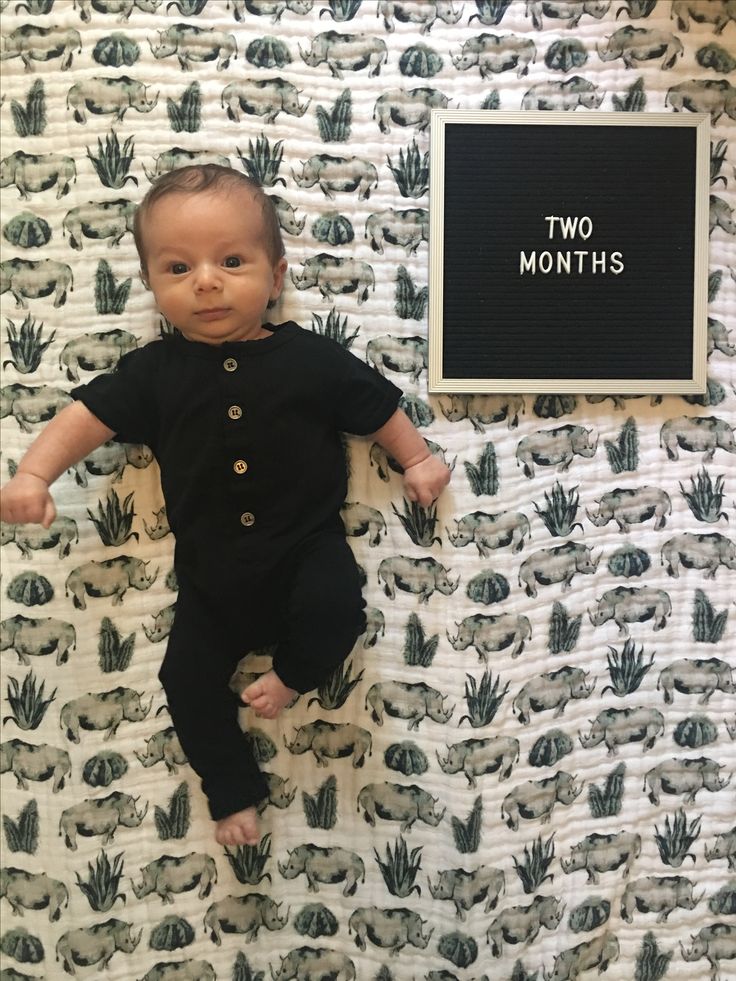 Mom can correct it, but this must be done very gently, without stress for the child.
Mom can correct it, but this must be done very gently, without stress for the child. - Lie quietly. Muscle hypertonicity at this time subsides, and most children already know how to lie relaxed. Some no longer need to be swaddled while sleeping. nine0198
- Screaming and crying. A monthly baby cries about three hours a day. This is considered the norm, since it is in this way that he can inform his mother about problems. Crying varies depending on the irritating factor - hunger, a dirty diaper, the desire to be held, sleep, etc.
Wrap Bodysuit
from 590 ₽ 413 ₽ nine0003
56-68 cm / 1-6 months
Jumpsuit with buttons
from 1190 ₽ 536 ₽
56-86 cm / 1-18 months
Baby cardigan
from 590 ₽ 295 ₽ nine0003
56-92 cm / 1-24 months
Sliders
from 490 ₽ 294 ₽
56-86 cm / 1-18 months
Baby's reflexes by one month of life
By 1 month newborn's reflexes do not fade away, and with certain manipulations the baby's body reacts.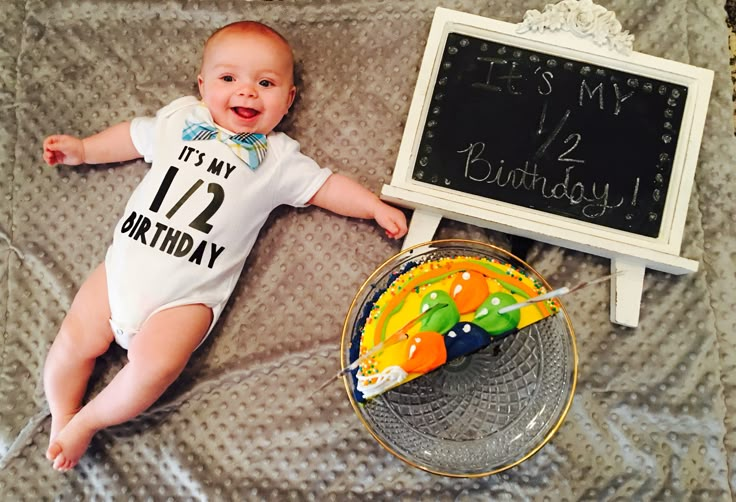 This is not always liked by the baby, but the stimulation of which reflexes helps the development of muscles and the nervous system. At this age, eight reflexes remain. nine0003
This is not always liked by the baby, but the stimulation of which reflexes helps the development of muscles and the nervous system. At this age, eight reflexes remain. nine0003
- Grasping. If you touch the palm of a child, he will grab it and squeeze it tightly.
- Search. When touched on the left cheek, the newborn turns his head to the left, when touched on the right - to the right. If you touch the chin, he will lower his head. This reflex helps to find a breast or a bottle of food.
- Suckling, if you put your fingertip around the baby's mouth, he will suck it like a pacifier. The sucking reflex also helps the baby find food. nine0198
- Moro reflex. It works if you slap on the surface on which the baby lies, 20-25 centimeters from his head on both sides. The baby will spread his arms and immediately press him to himself, as if hugging a small object. He will do about the same if he abruptly removes one of the hands that supports him.

- Babinski reflex. The child's toes diverge like a fan if you stroke the arch of the foot from the outside. In this case, the foot itself is slightly retracted to the side. nine0198
- Babkin's reflex. The baby turns his head and opens his mouth when pressing on the tubercle of the palm immediately below the thumb. If you press on the right palm, it turns to the right, if on the left, then to the left.
- Reflex crawl. The baby is placed on his stomach, his legs are pressed and his palm is placed on the soles. Leaning on them, he will push off and crawl a few centimeters.
- Automatic gait. The child is held vertically by the armpits so that he rests his feet on the table or floor. When it is slightly leaned forward, the baby moves with his feet, taking steps. nine0198
What should alert the mother
It is necessary to turn to a pediatrician and a neurologist in situations where the baby is unable to:
- keep his head in the position on his stomach;
- scream;
- respond to light, touch and sound;
- smile;
- focus the gaze.
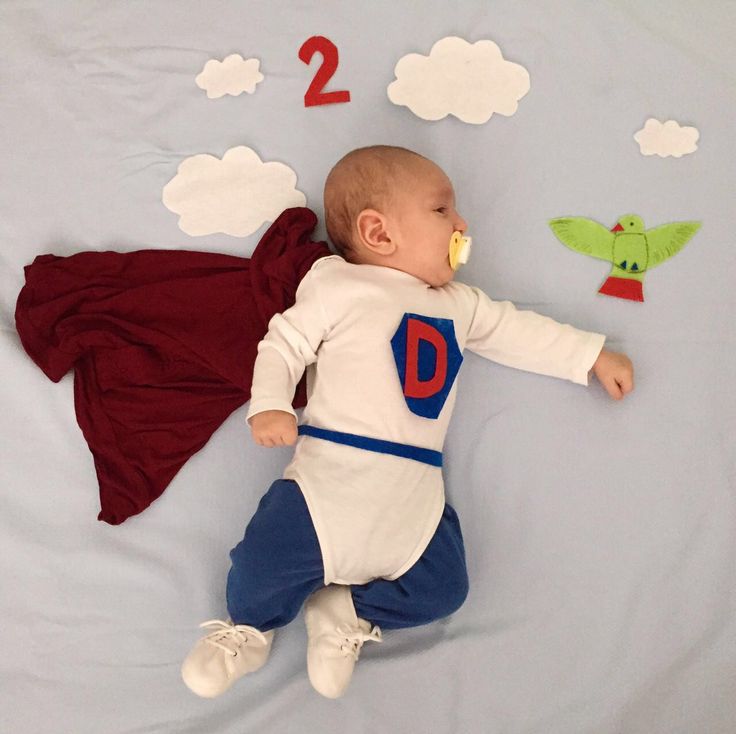
Special attention of doctors is required for children whose reflexes have faded before the term or did not appear at all. This may indicate serious lesions of the central nervous system that require immediate treatment. In most cases, pediatricians detect this defect themselves - in the maternity hospital or during a routine examination. nine0003
The daily routine of a month-old baby
The sleep of a month-old baby lasts 16-20 hours a day. Most children sleep restlessly and wake up every 2-4 hours. Possible causes of awakenings during nighttime and daytime sleep are indicated in the table.
| Reason for awakening | nine0002 What to do |
| Hunger | Babies at this age always wake up for night feedings. | nine0021
| Colic | Hold the baby upright for 5-7 minutes, put it on your back and massage your tummy in a circular motion. |
| Wet diaper nine0026 | Remove the diaper, wash the baby under warm running water and put on a clean diaper. |
| Changing background sound | Babies wake up not only from the appearance of sounds, but also from their abrupt cessation. |
| Limb movements | Swaddle your baby at bedtime. |
| Cold | nine0025
The feeding schedule is determined individually. In children who are breastfed, the number of feedings per day can reach up to 10-12.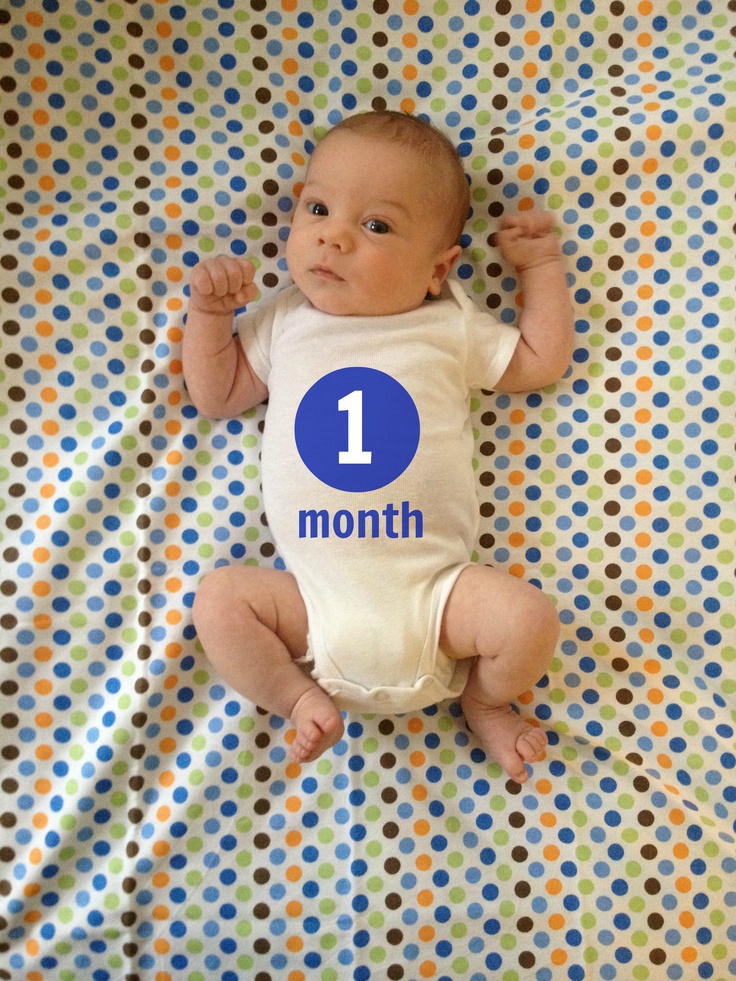 This is especially noticeable when the mother has little milk, and the child has to eat fractionally. Artificers eat on average once every three hours, which is 8 feedings per day. In any case, the baby does not experience a lack of food, as it is perfectly able to declare hunger. nine0003
This is especially noticeable when the mother has little milk, and the child has to eat fractionally. Artificers eat on average once every three hours, which is 8 feedings per day. In any case, the baby does not experience a lack of food, as it is perfectly able to declare hunger. nine0003
The mode of walking is not constant and depends on the weather. In the warm season, in the absence of extreme heat and rain, you can walk for two hours a day or more. In the cold season, it is enough for a one-month-old baby to breathe fresh air for 10-15 minutes. In rain and severe frost, it is better to exclude walks, replacing sleeping with an open window in warm clothes and staying on the balcony for several minutes a day.
How to develop a baby in a month
If the baby does not want to hold his head, stimulate this skill. Put it on your stomach and slowly lift it up. Keep an eye on the head, if it does not rise with the body, lower the child to the surface. Most children raise their heads to look around from a new position.
 Give your baby a bottle or a breast and he will sleep peacefully again.
Give your baby a bottle or a breast and he will sleep peacefully again. 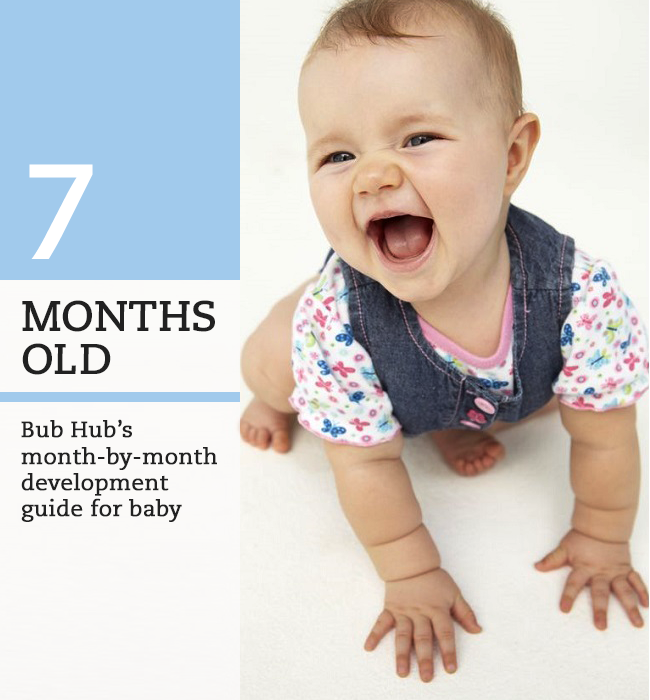 Turn on soft music or the radio in your baby's room so the street noise doesn't disturb your baby's sleep. Try to keep the music going throughout the night. nine0003
Turn on soft music or the radio in your baby's room so the street noise doesn't disturb your baby's sleep. Try to keep the music going throughout the night. nine0003 